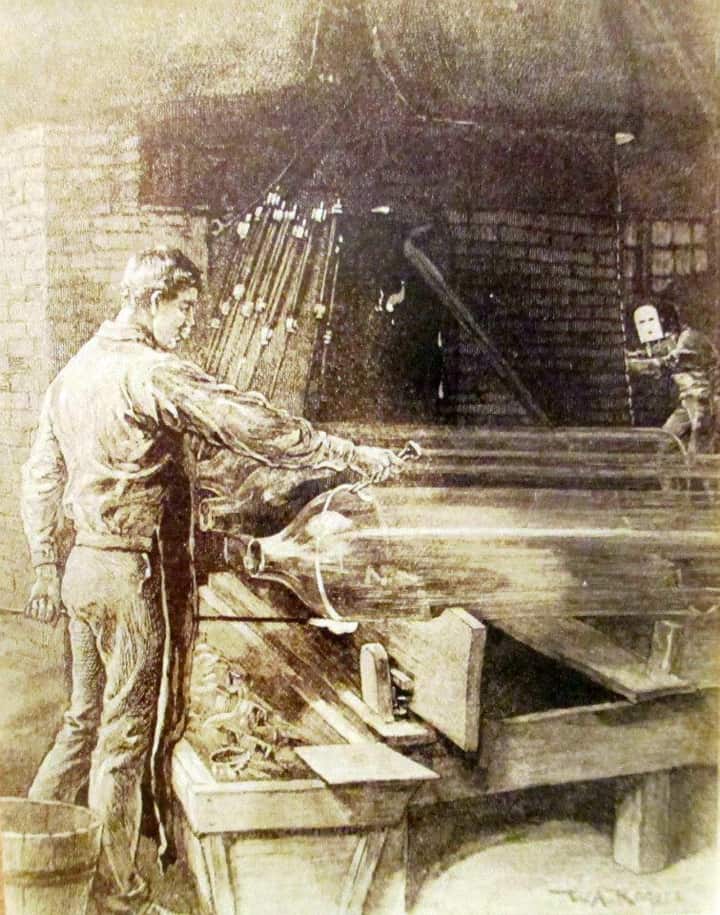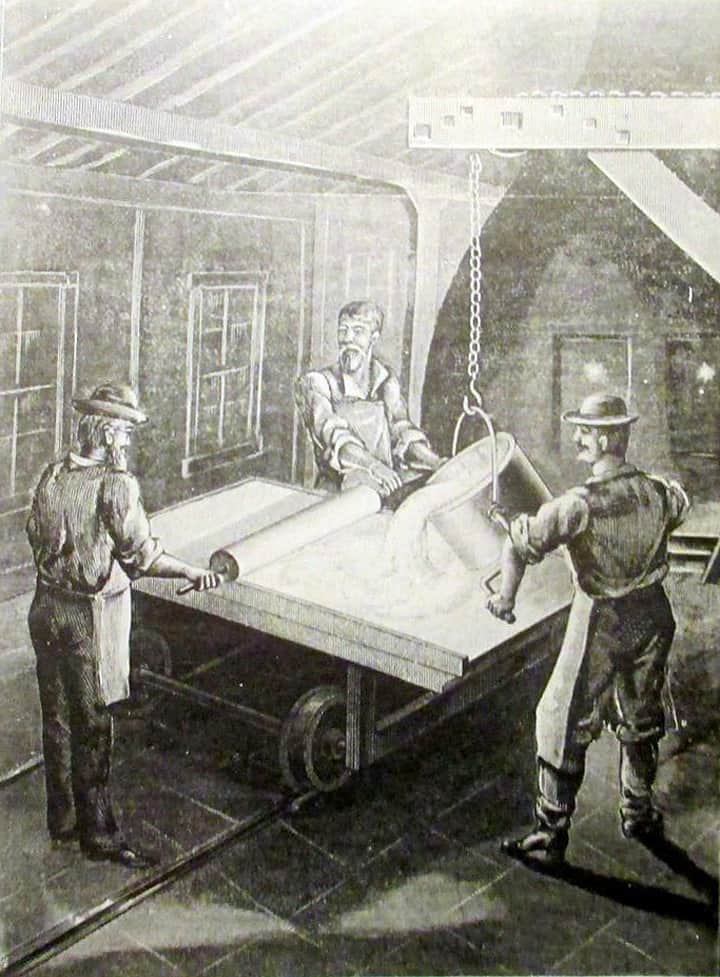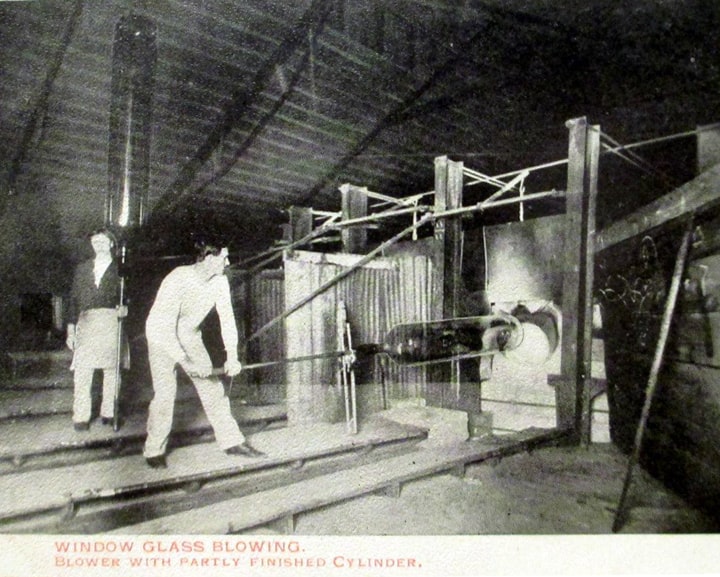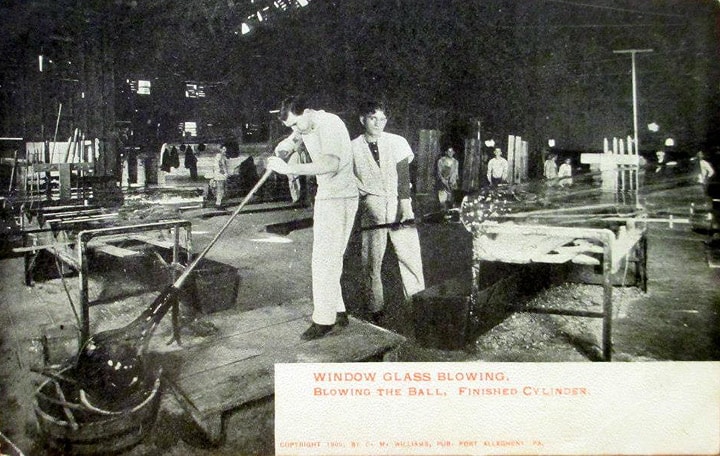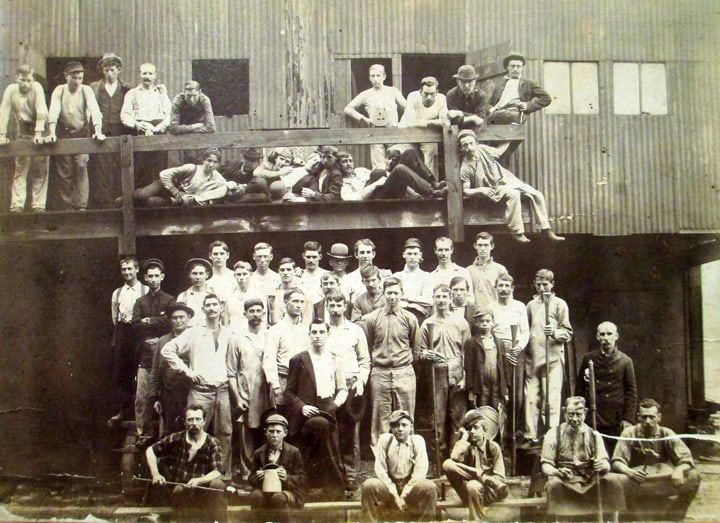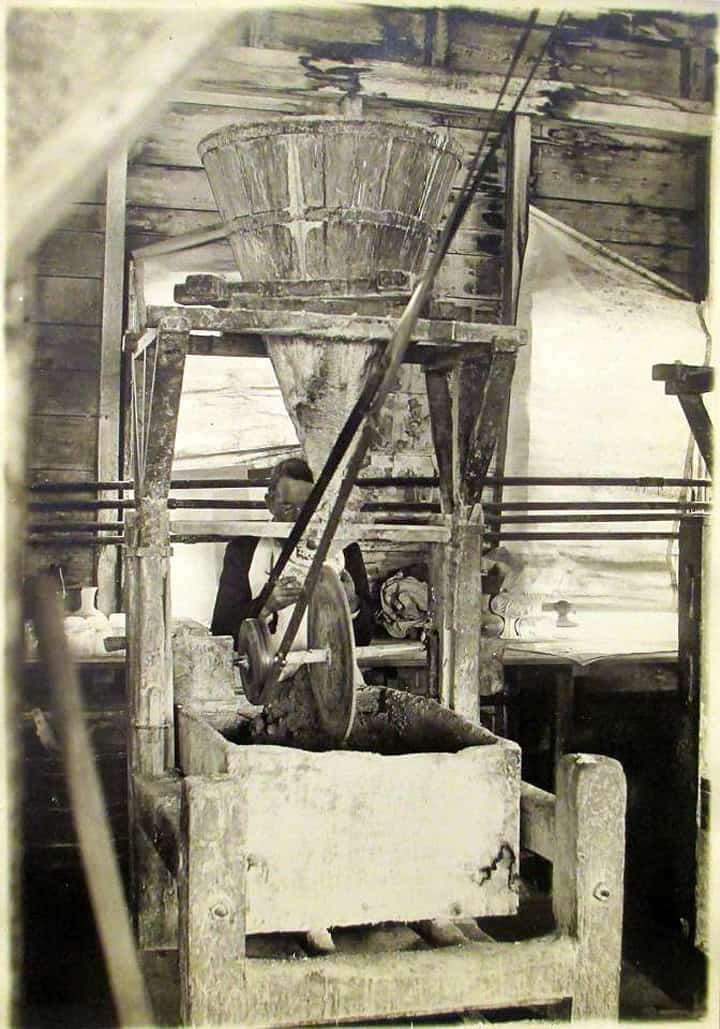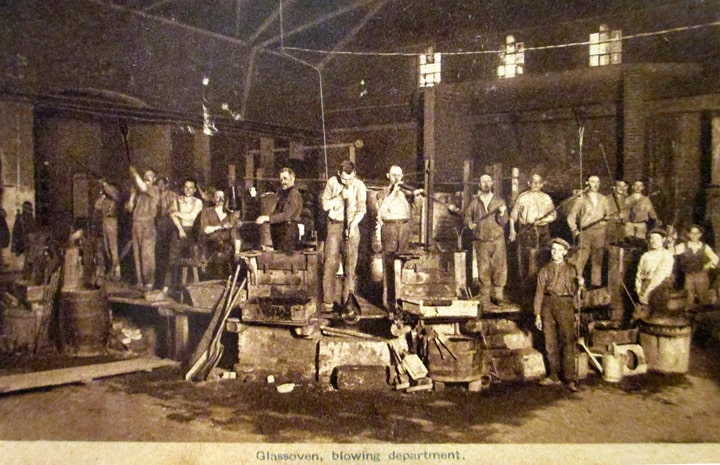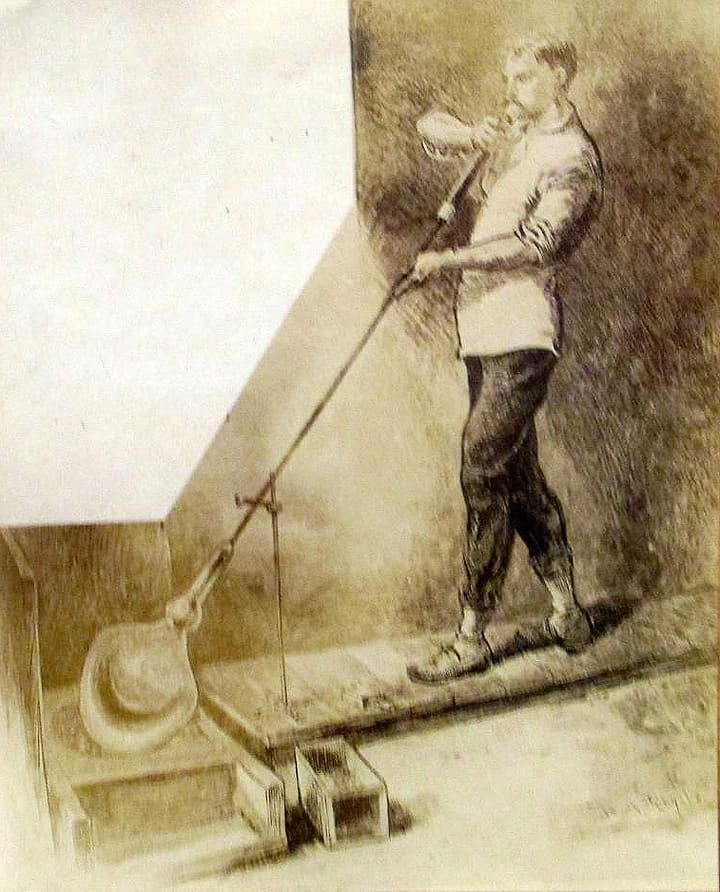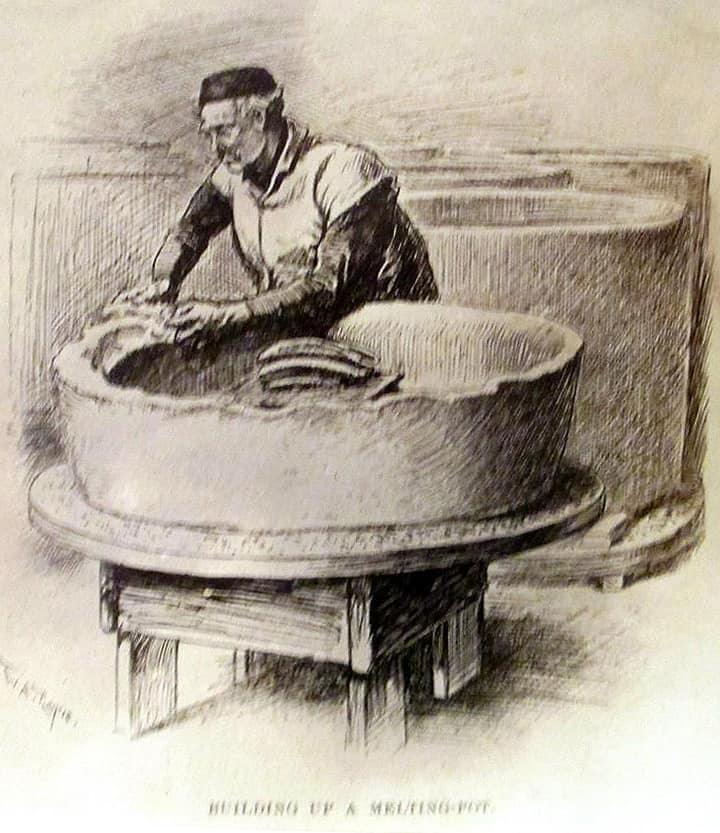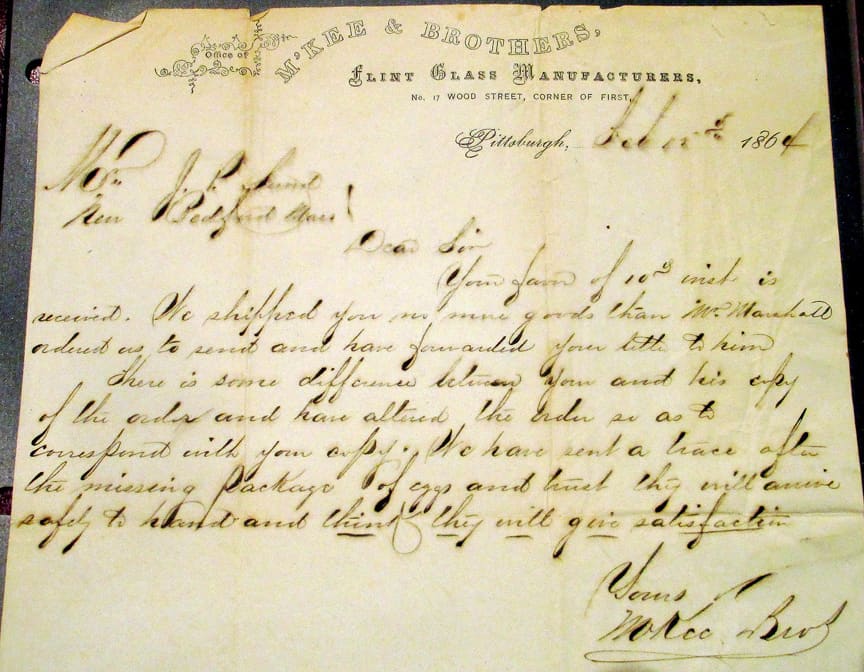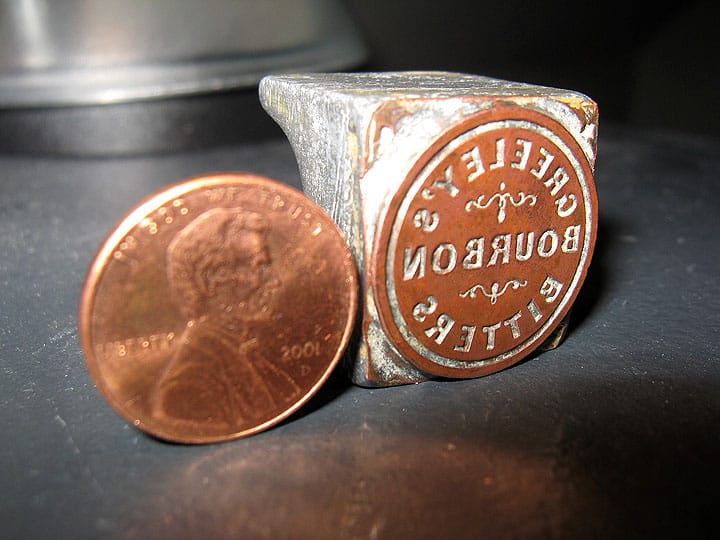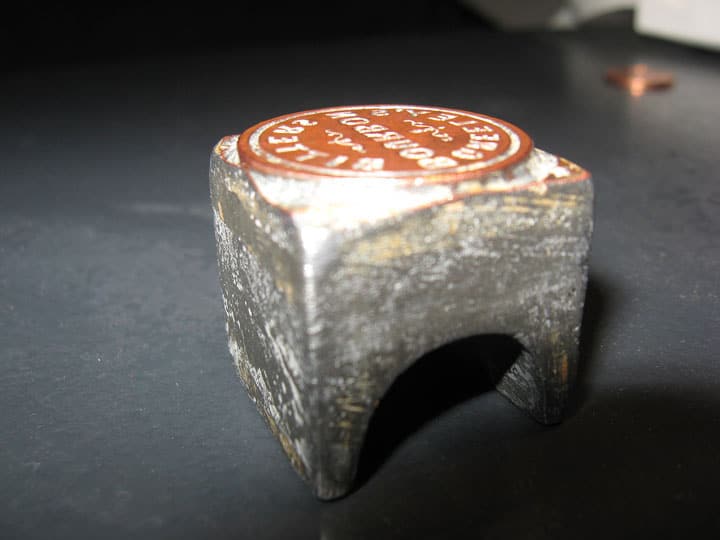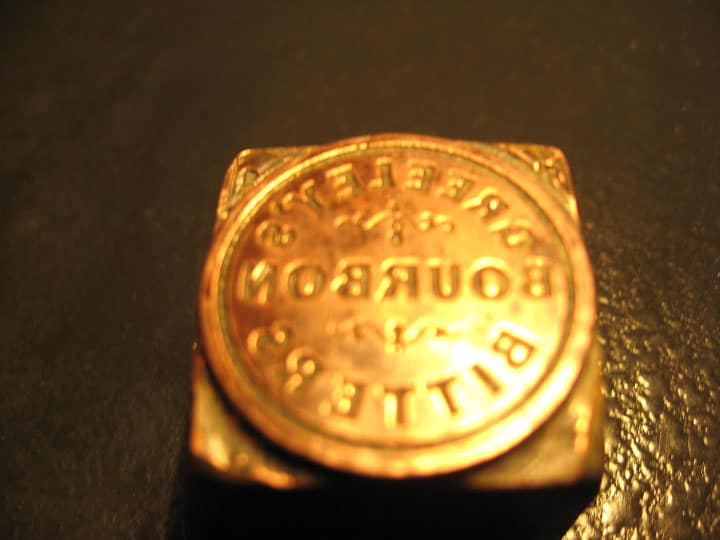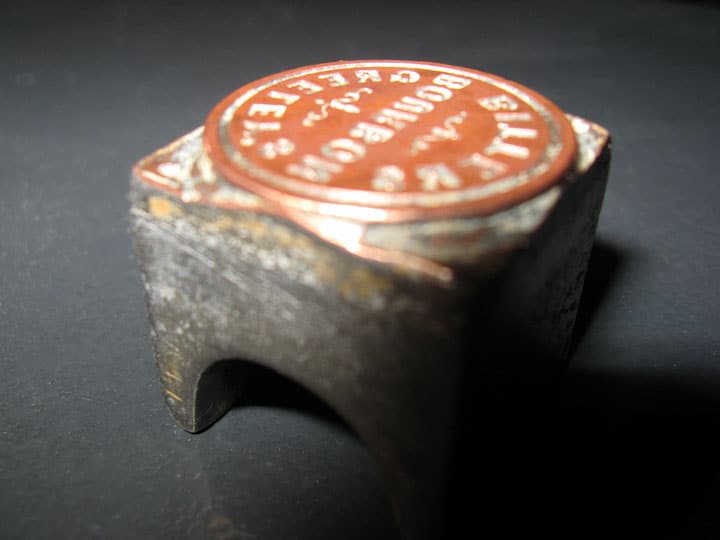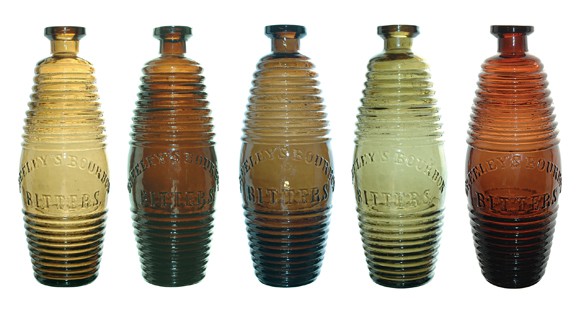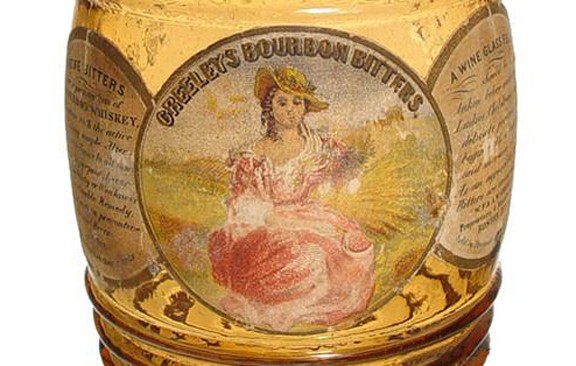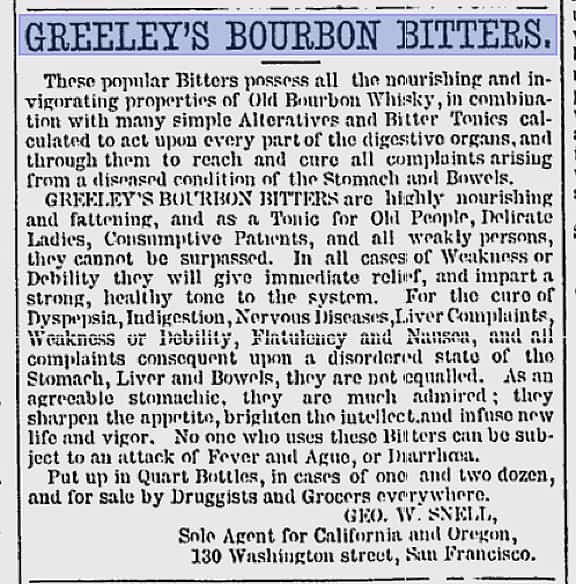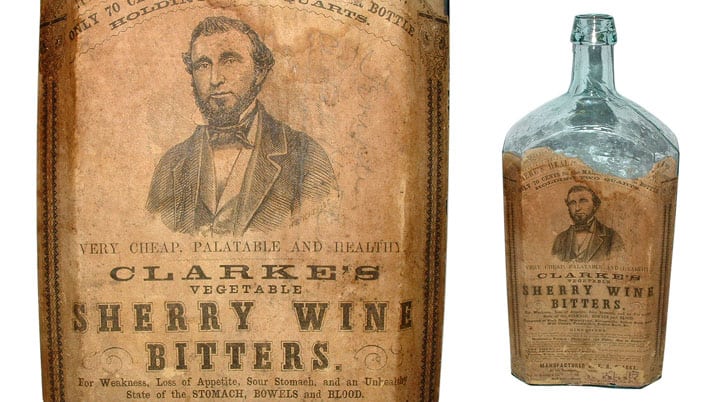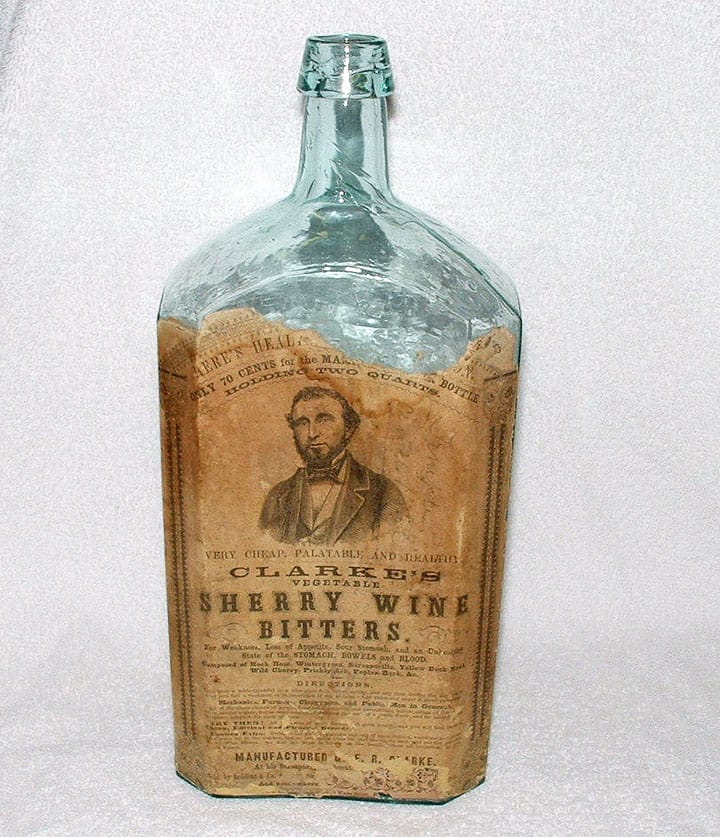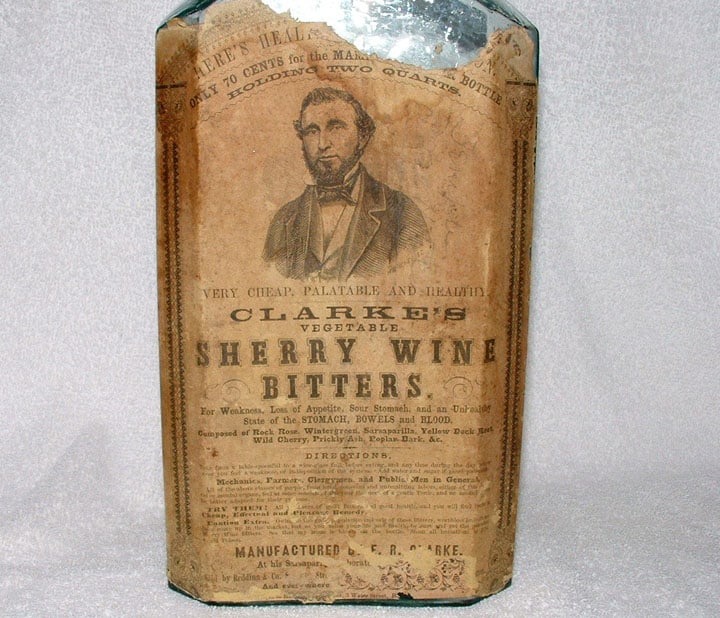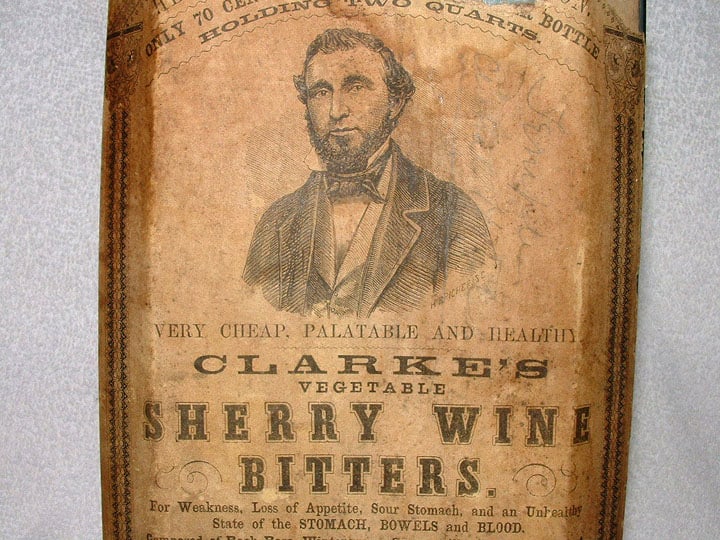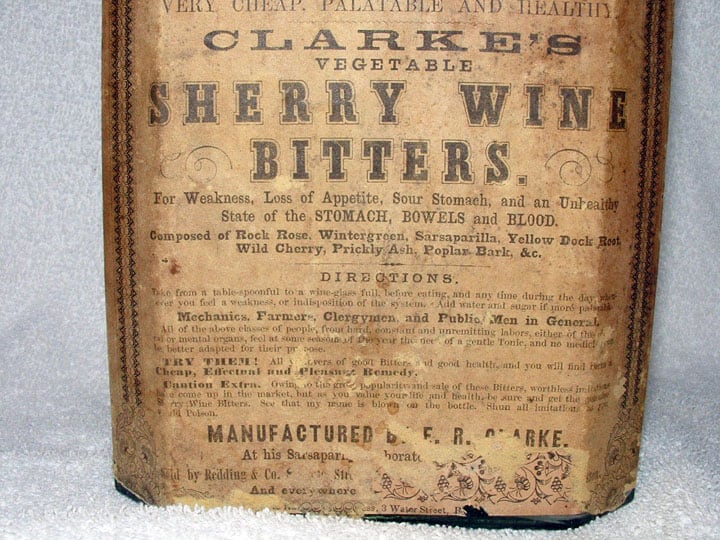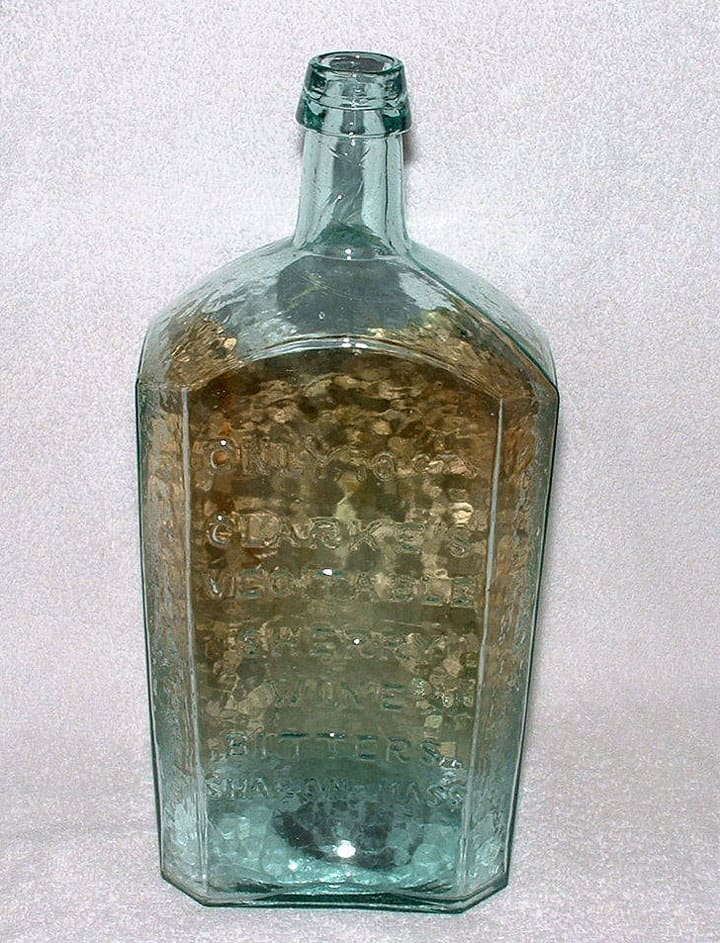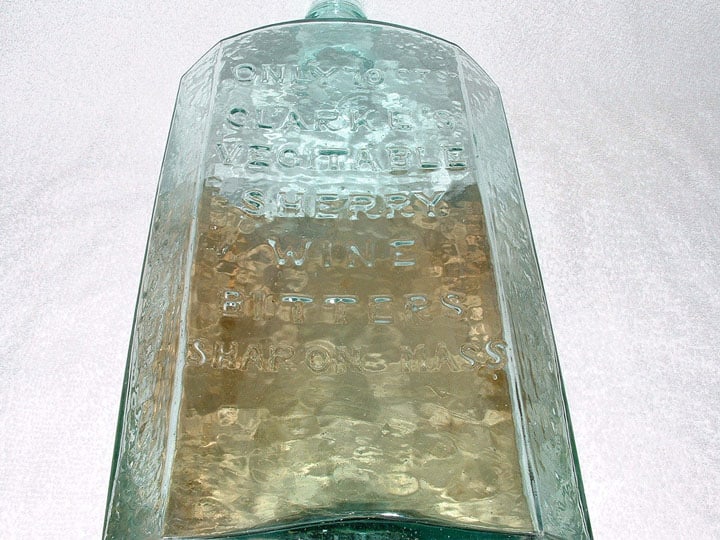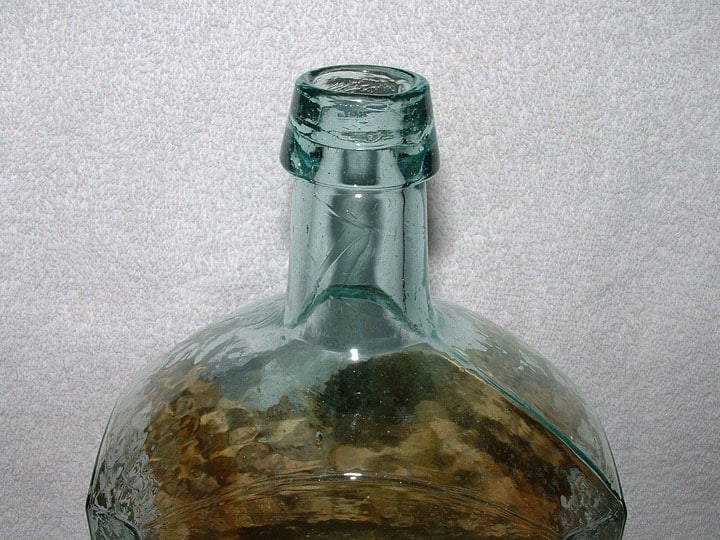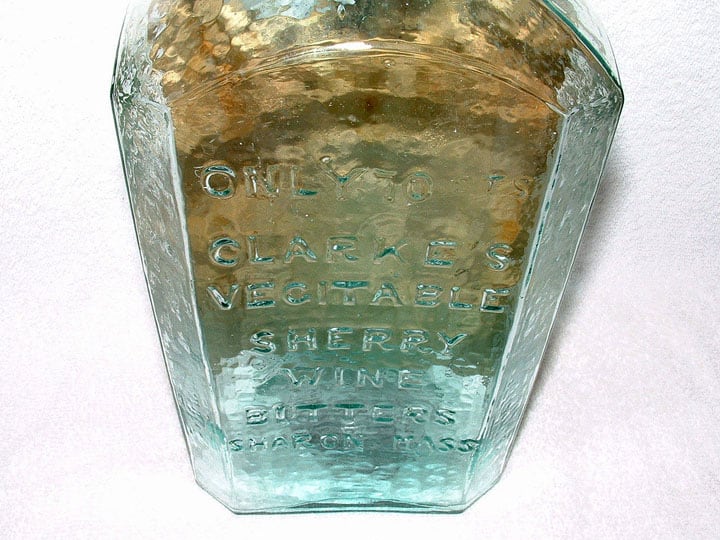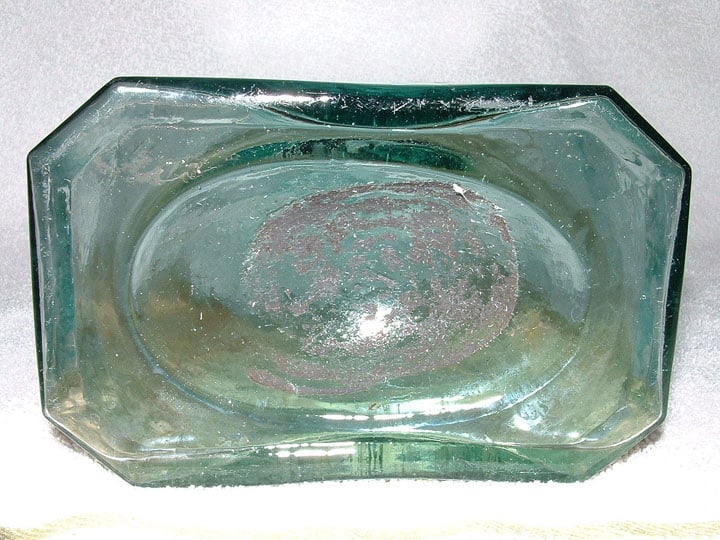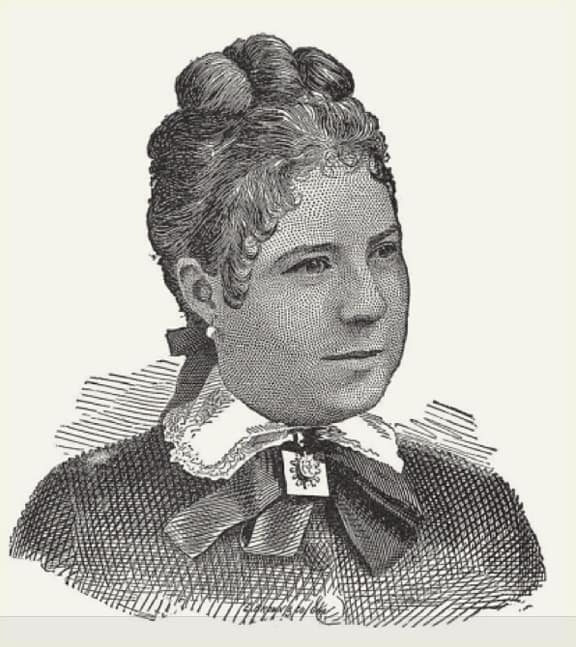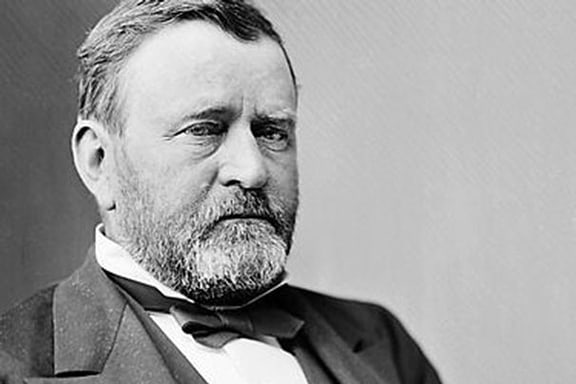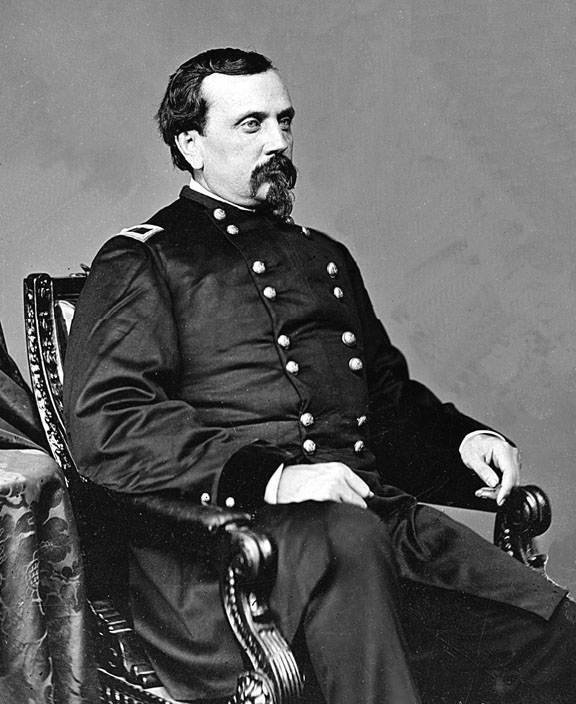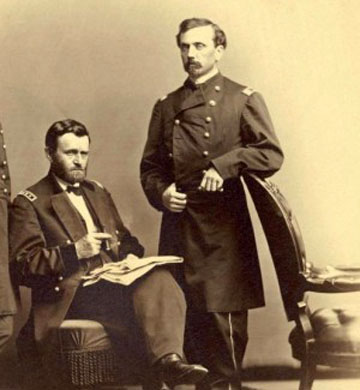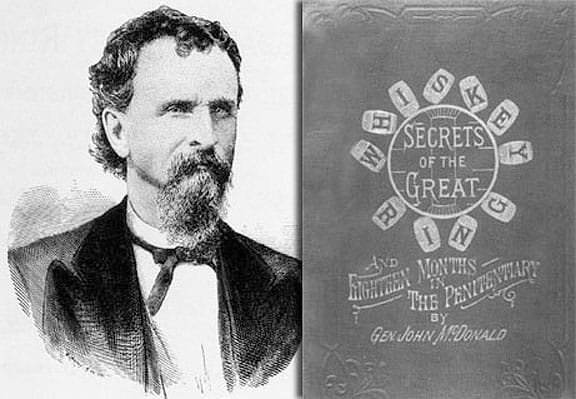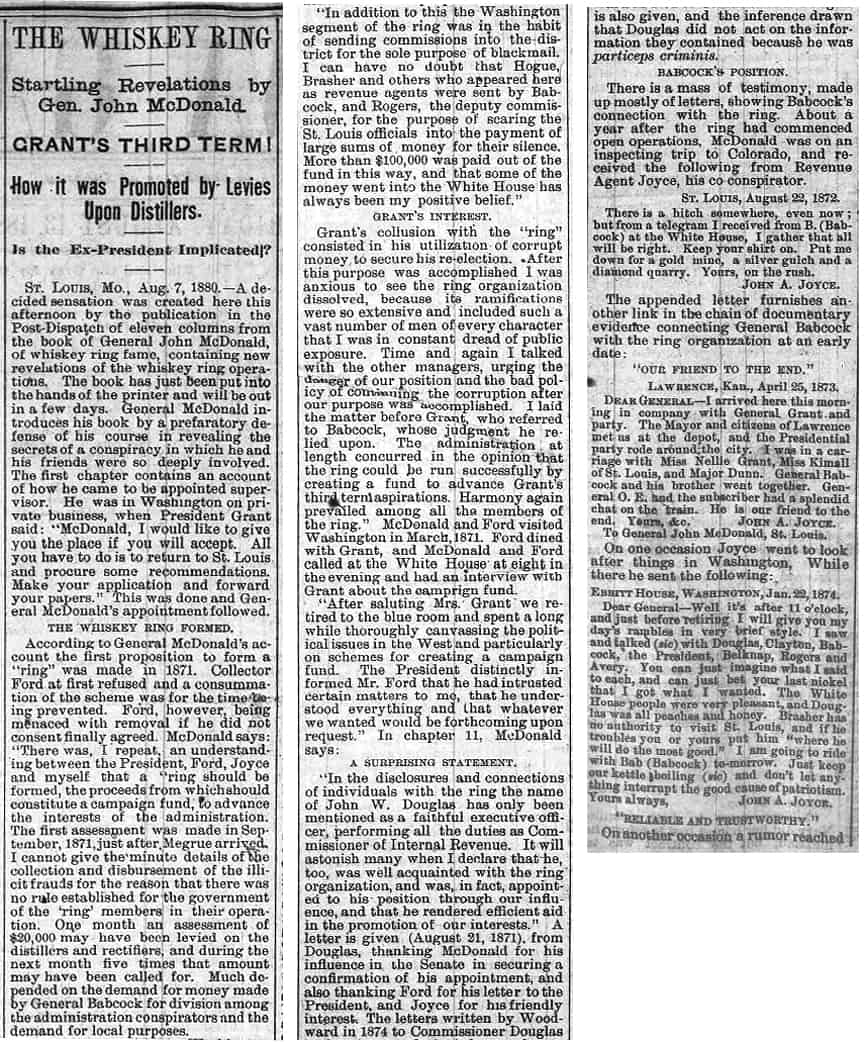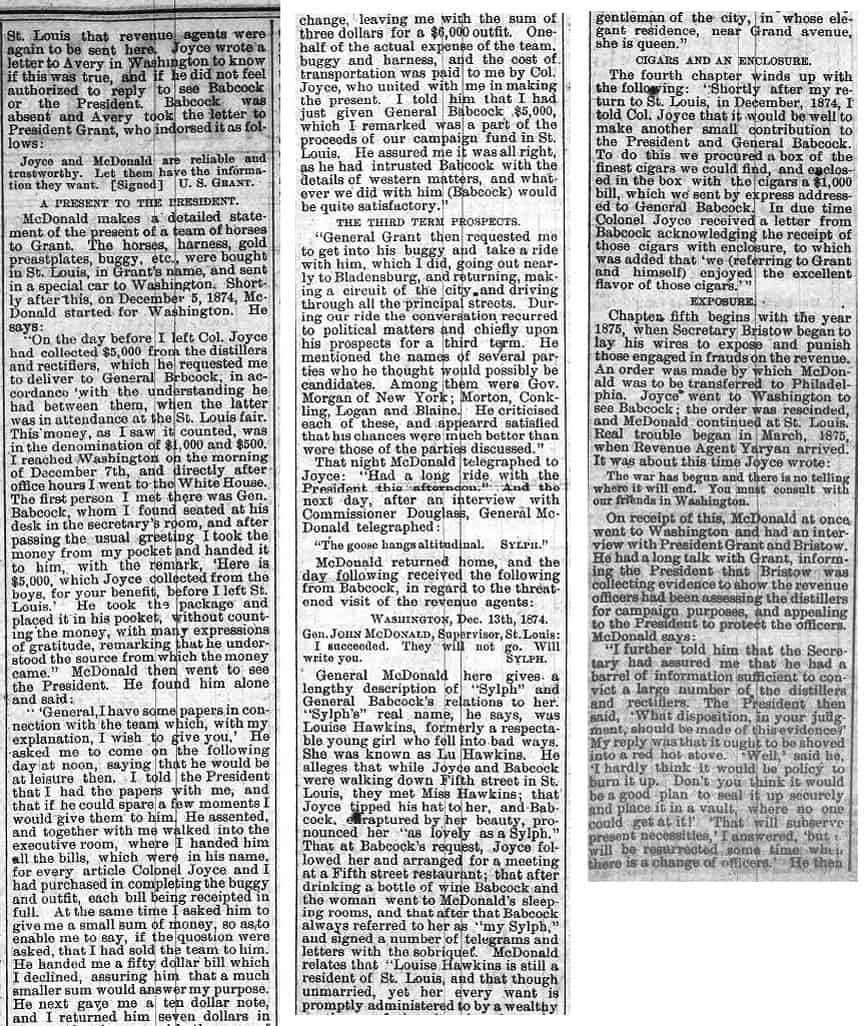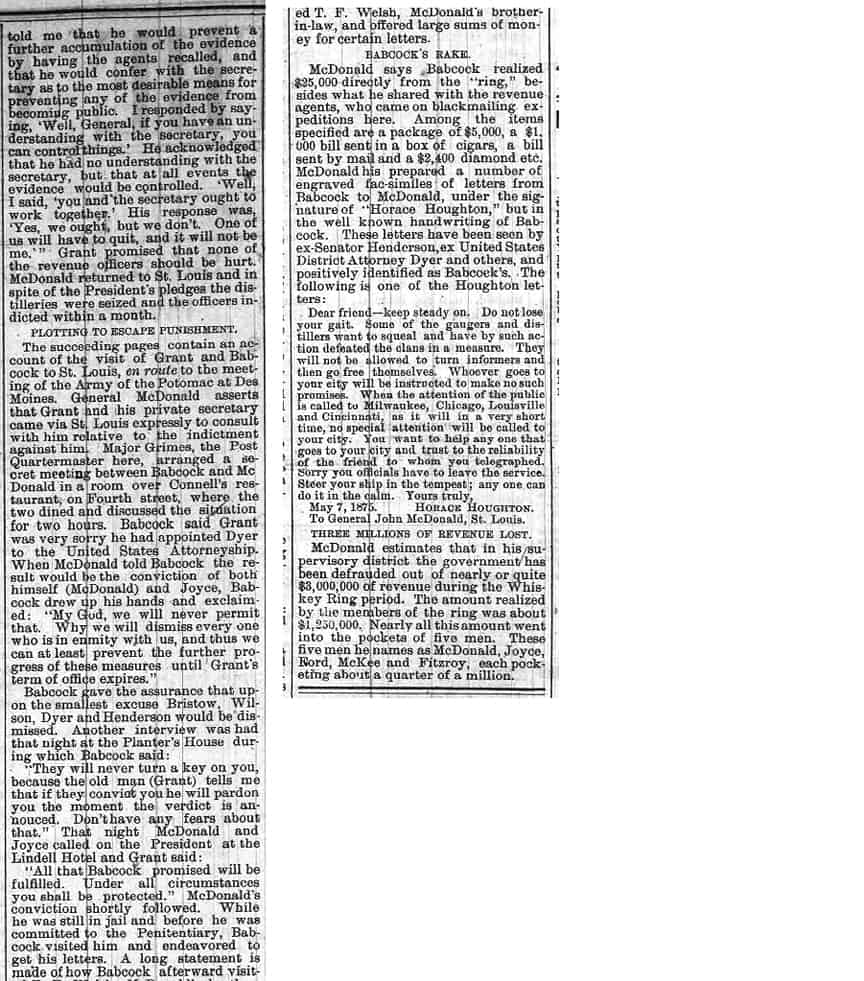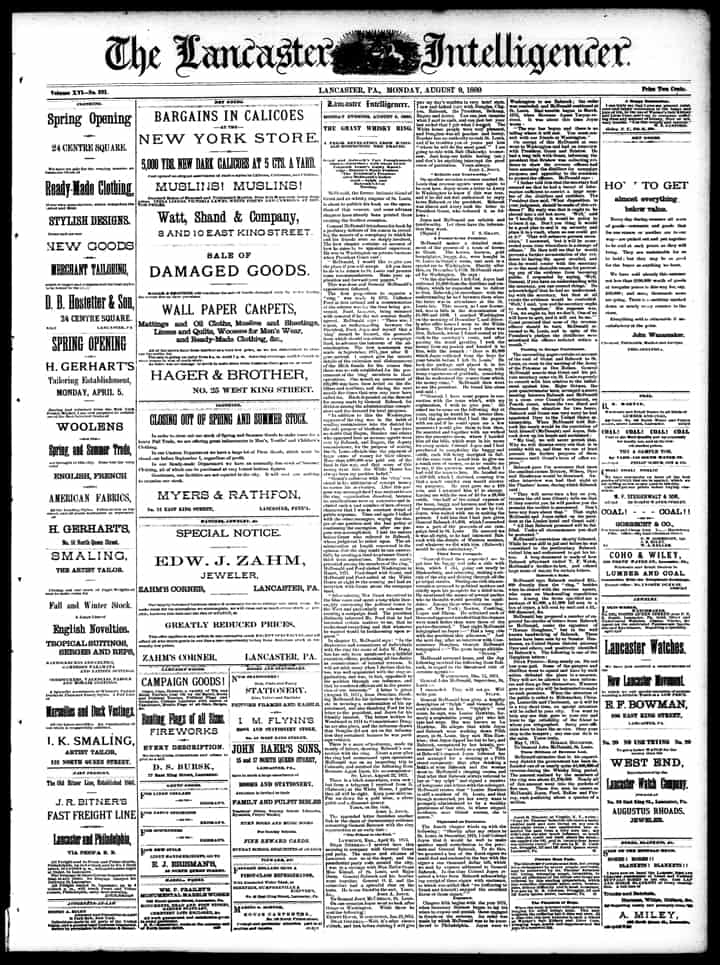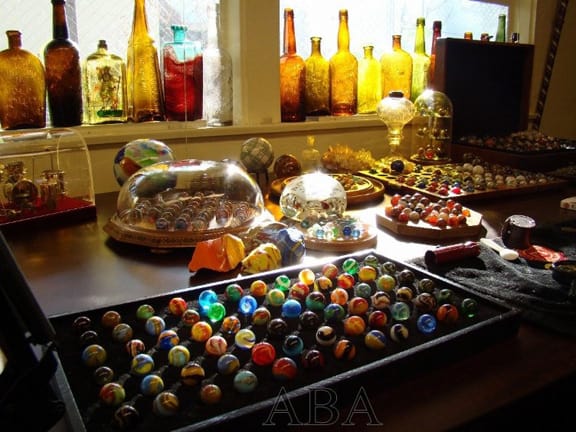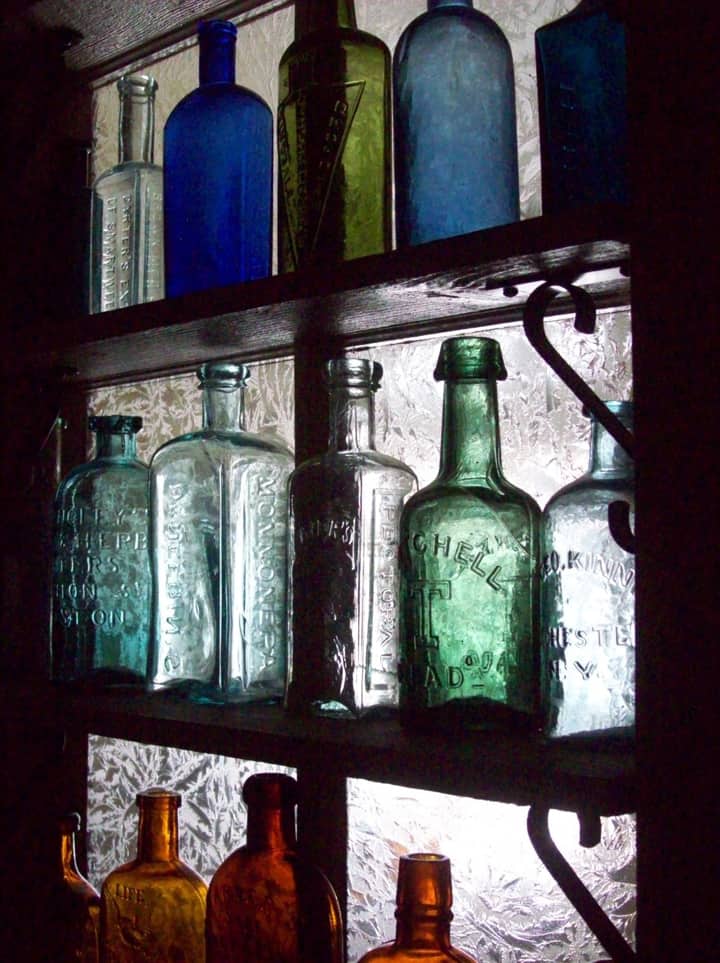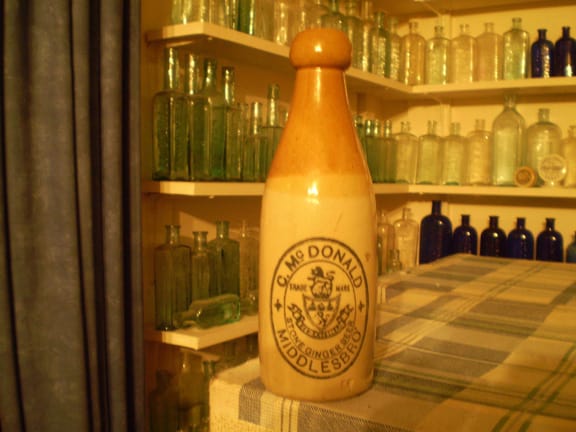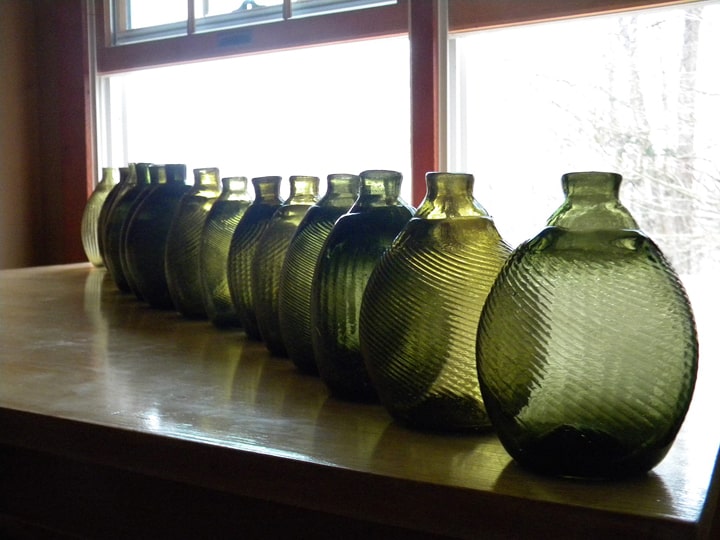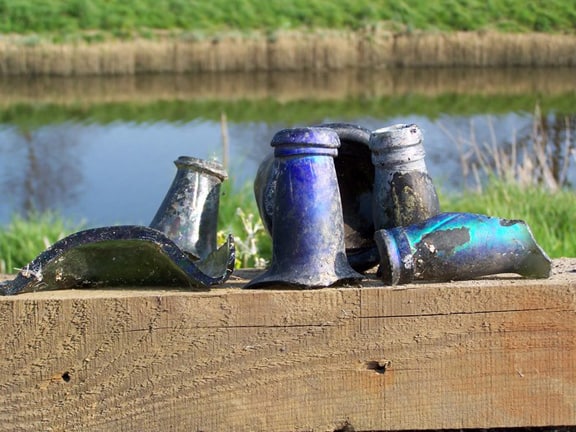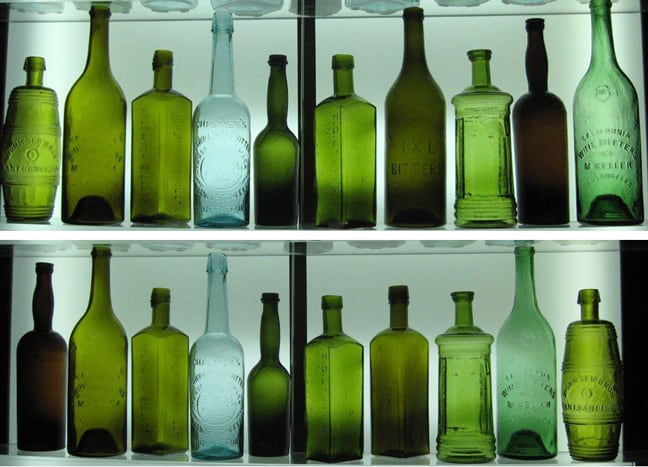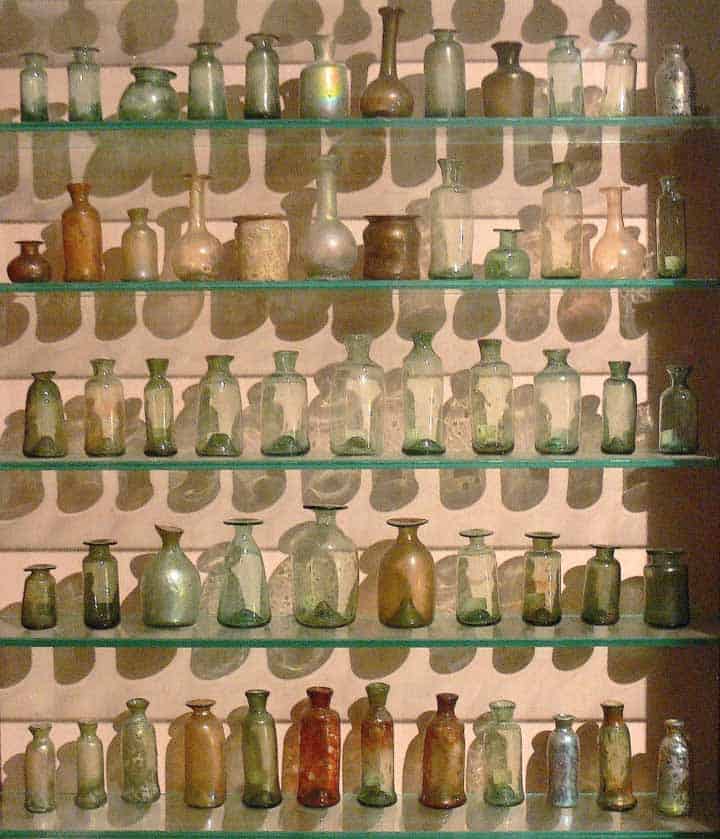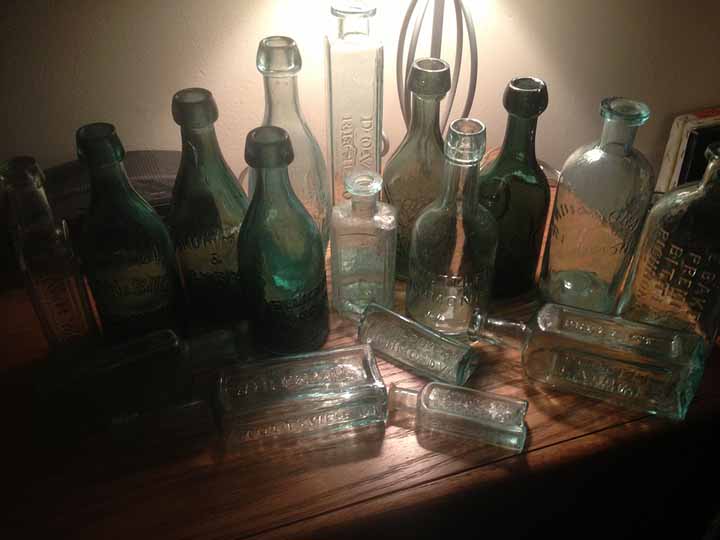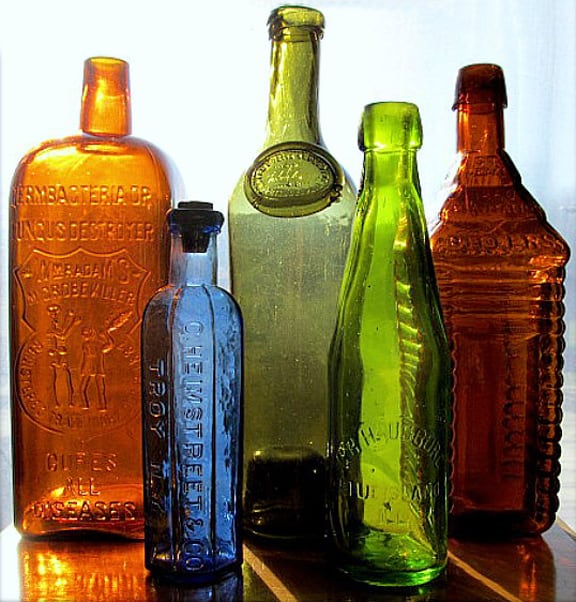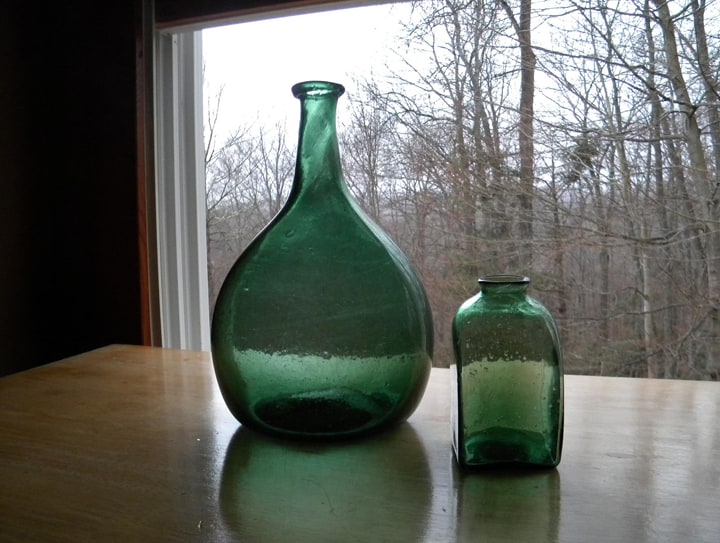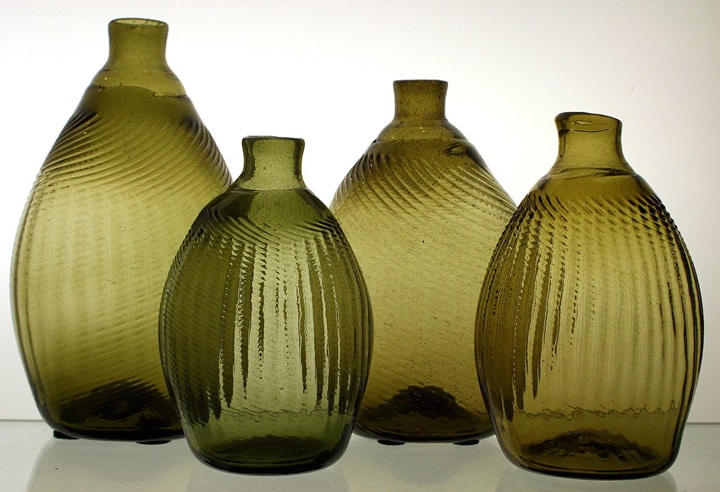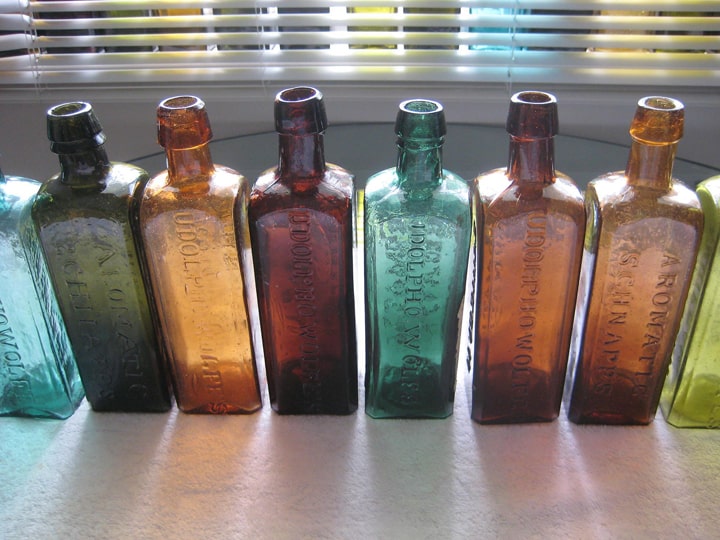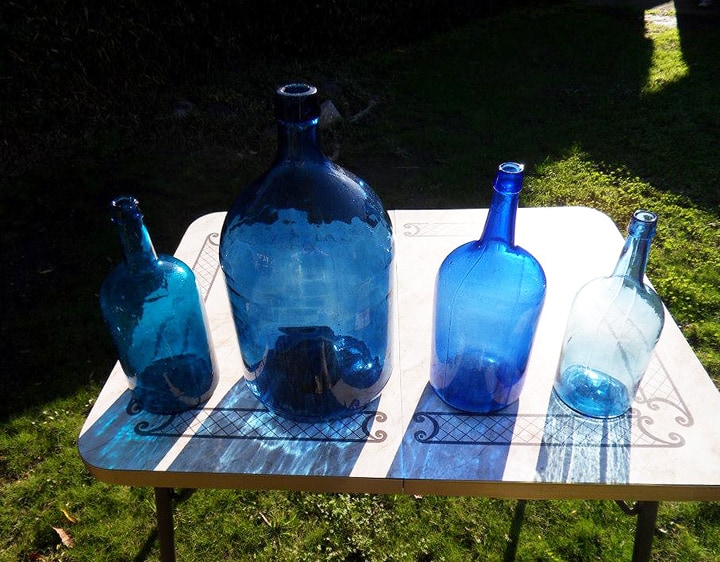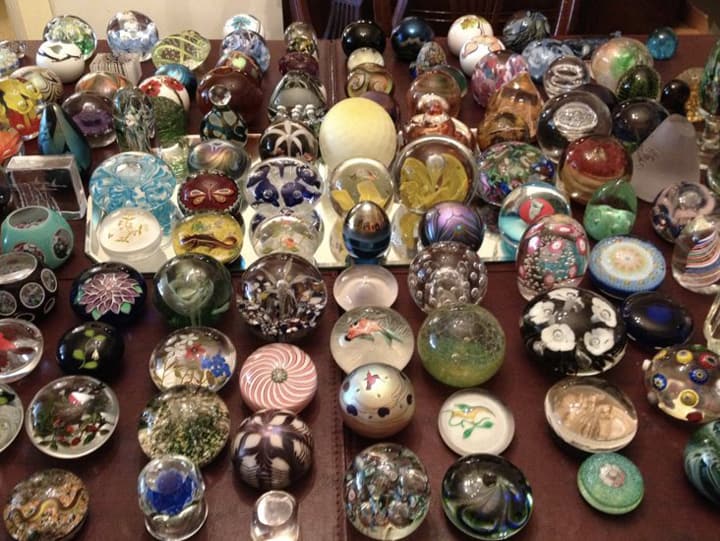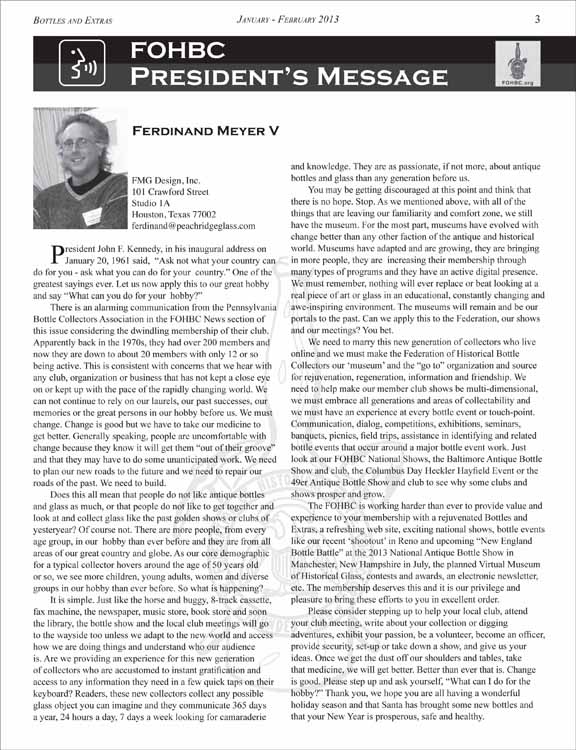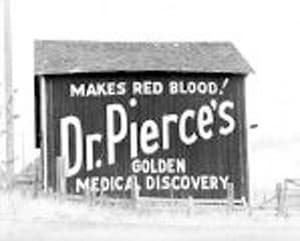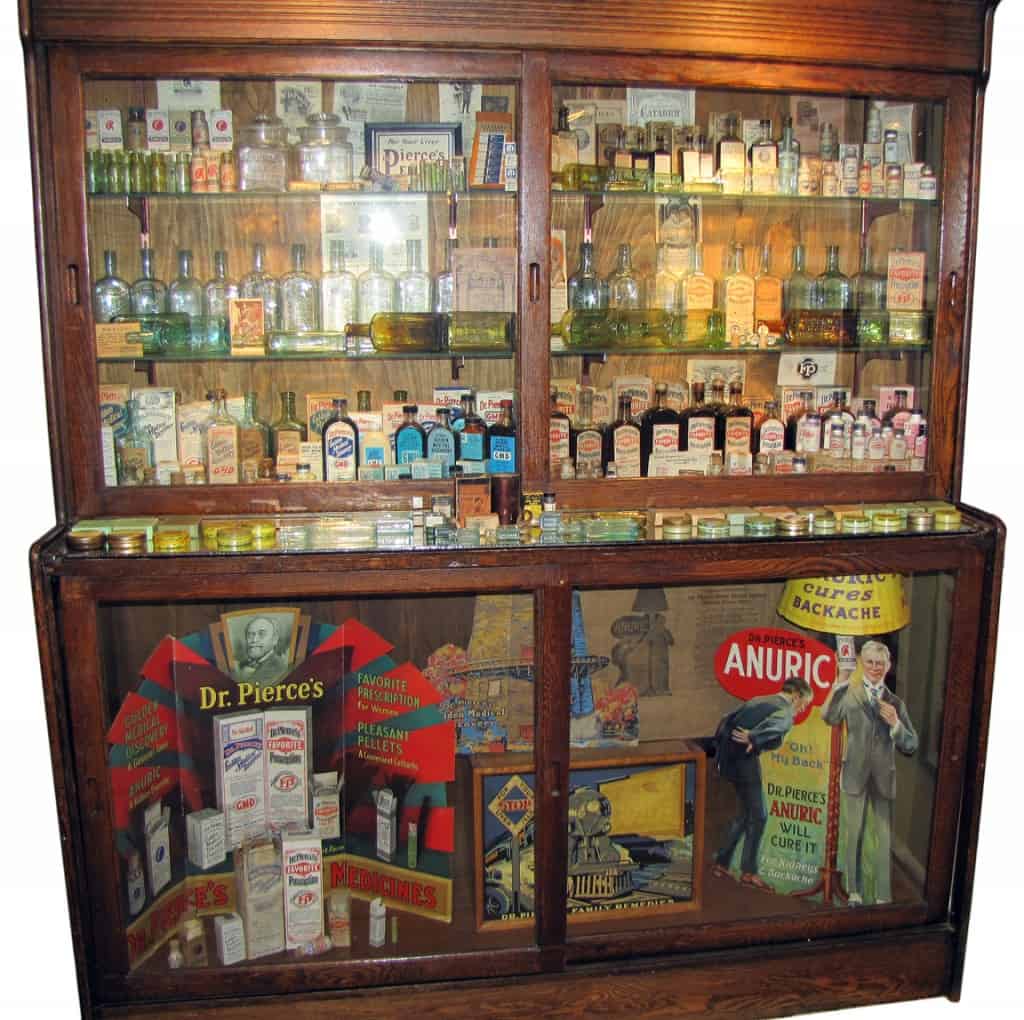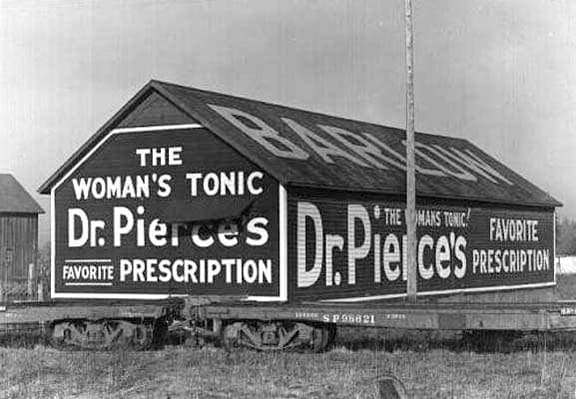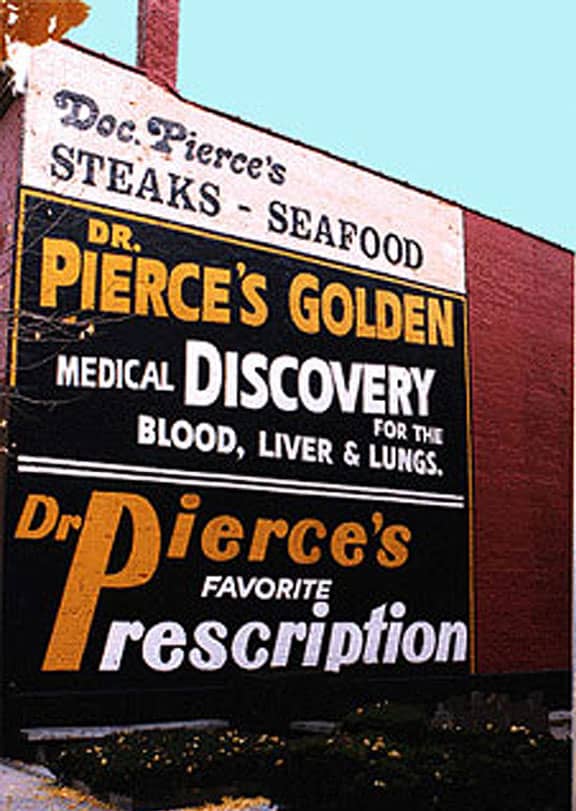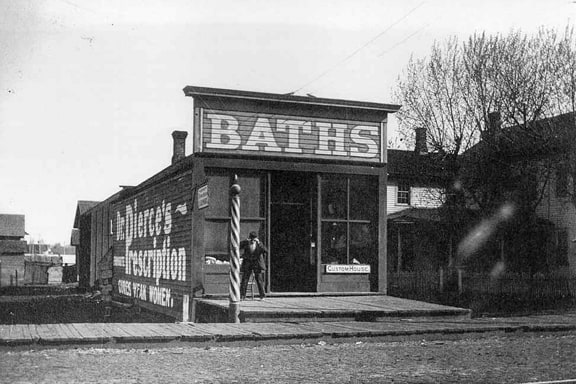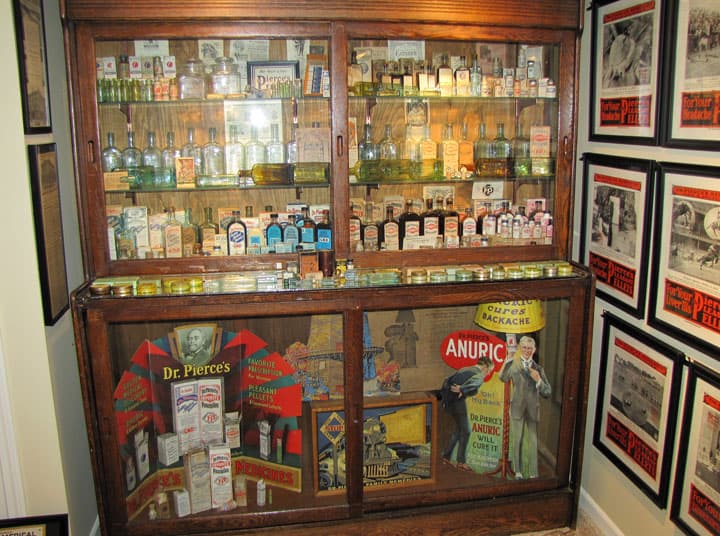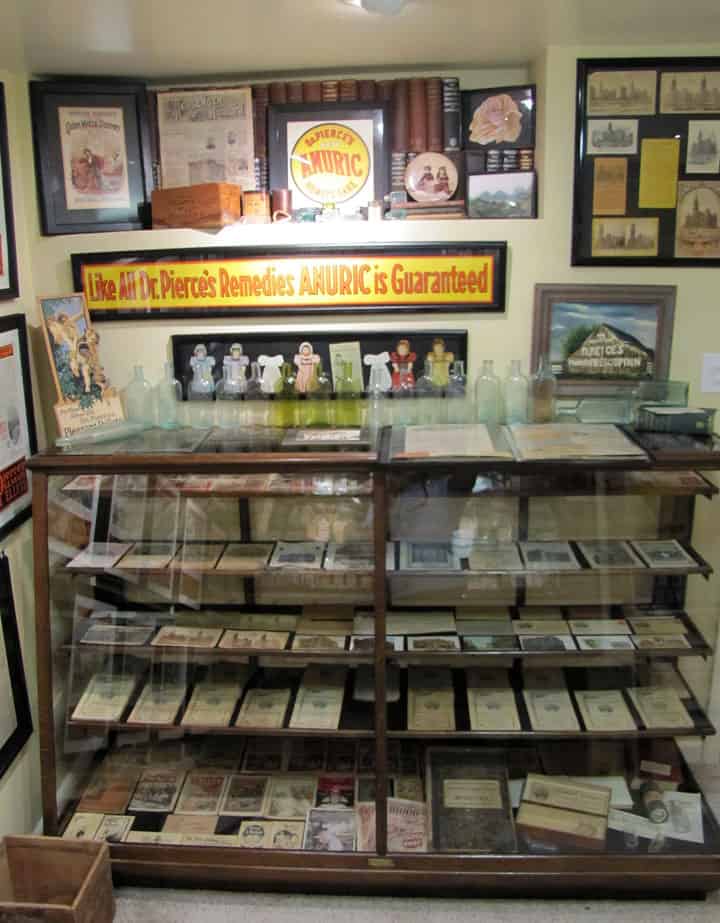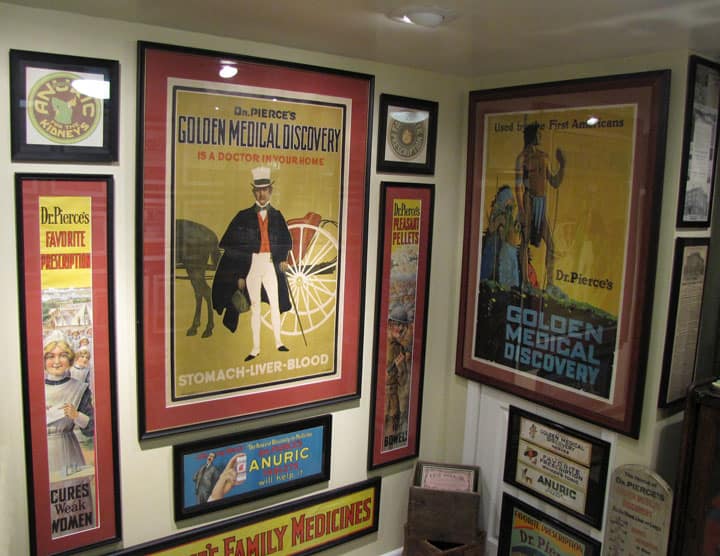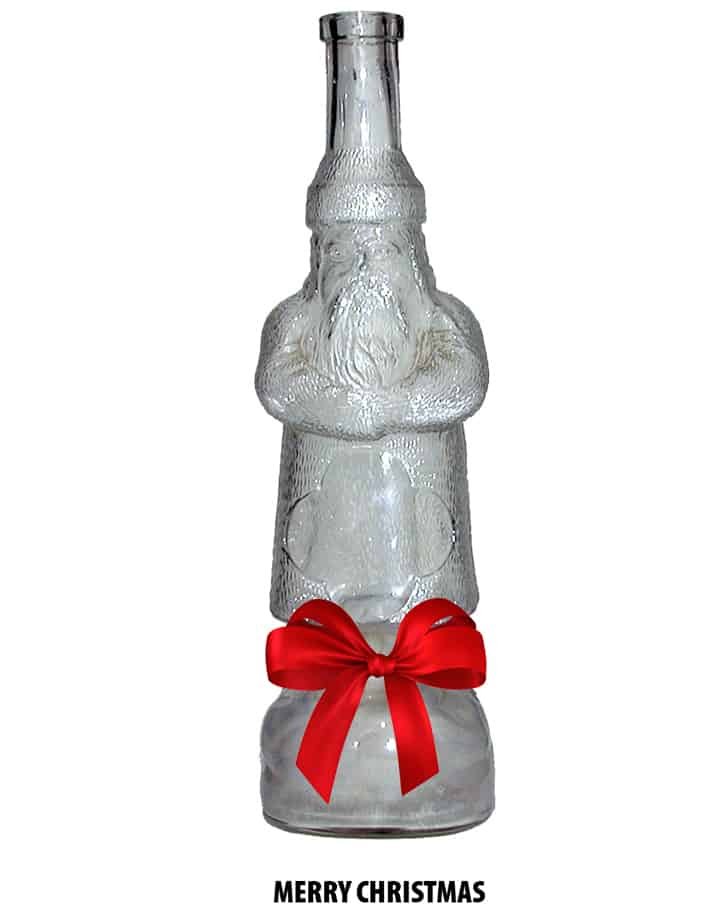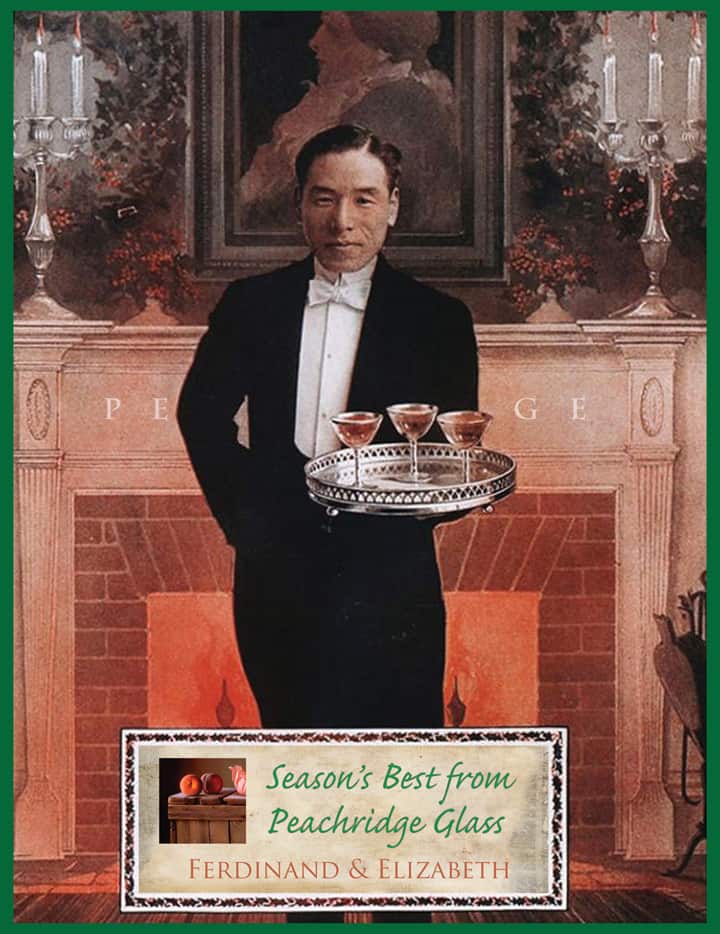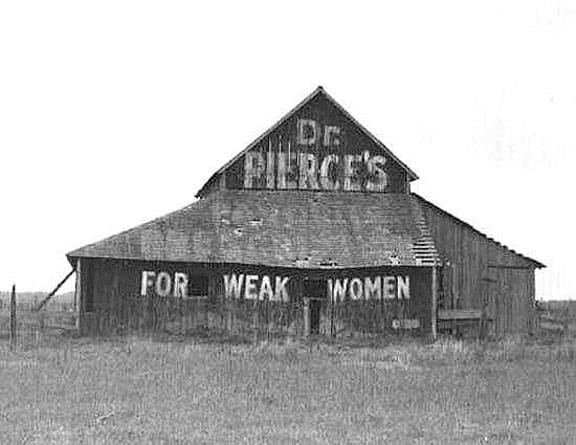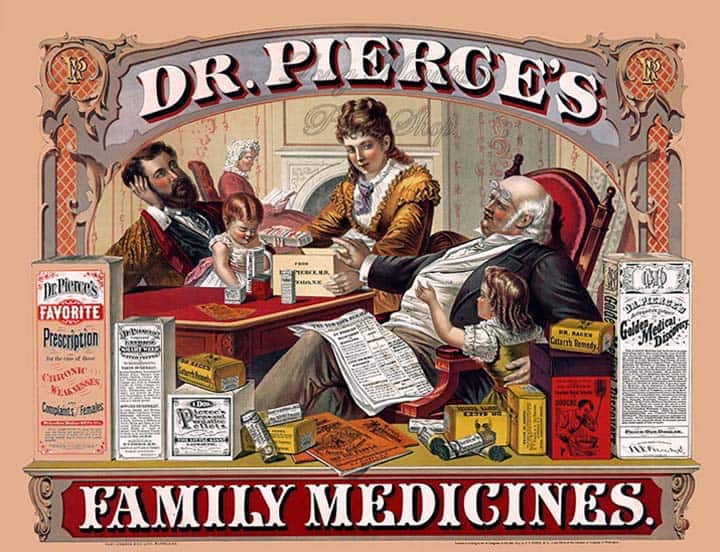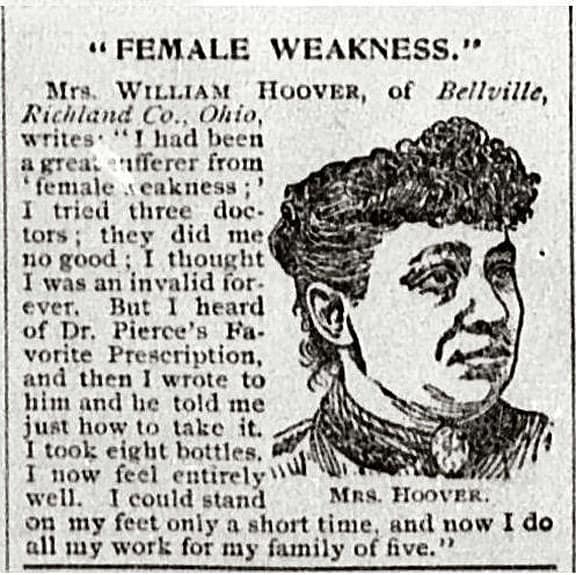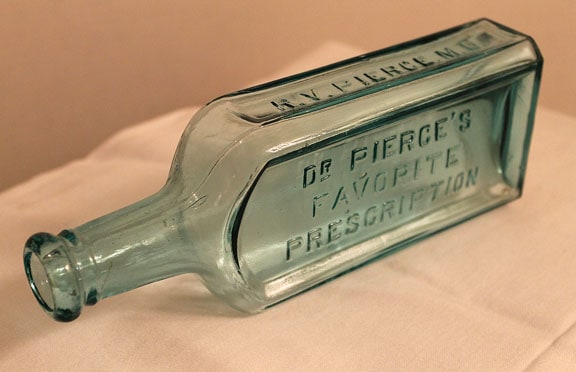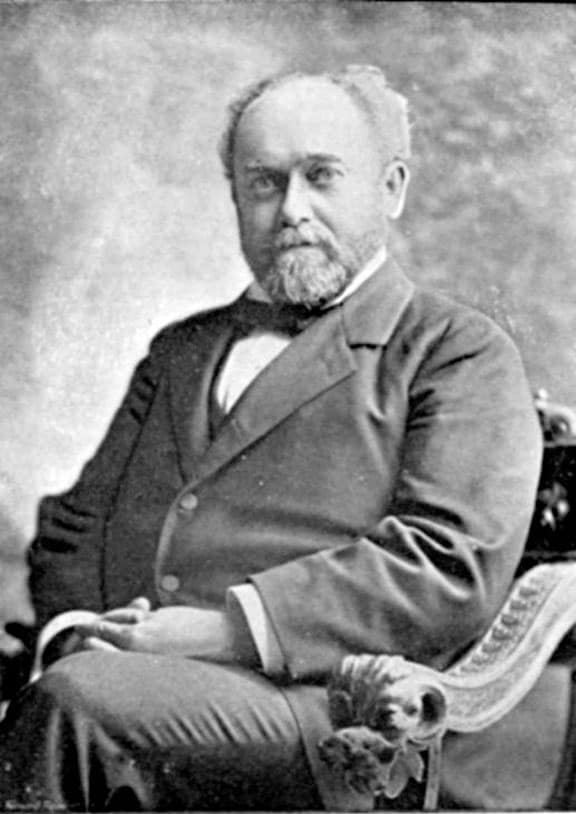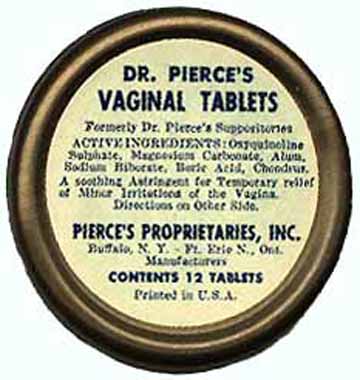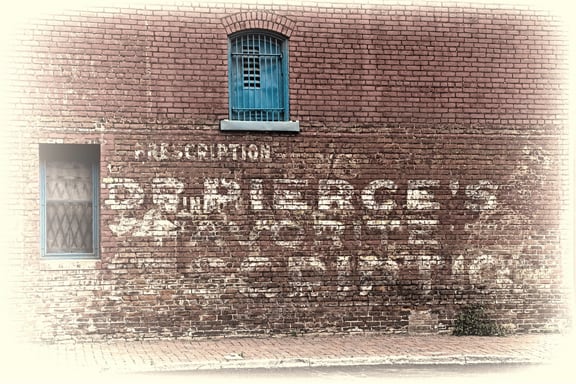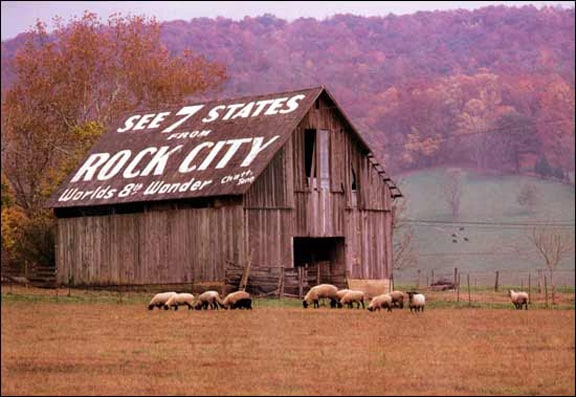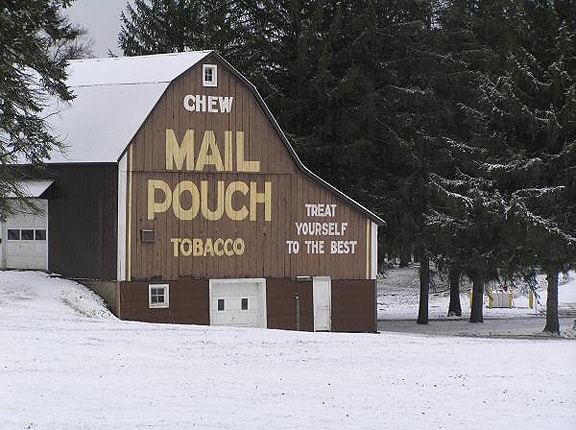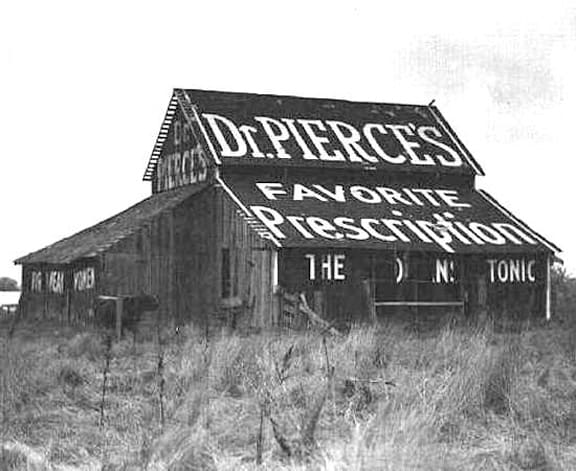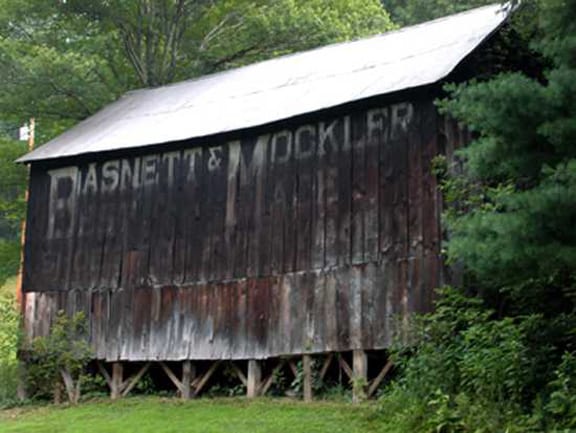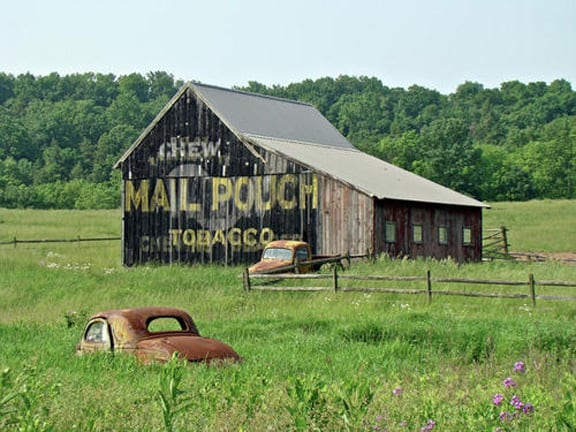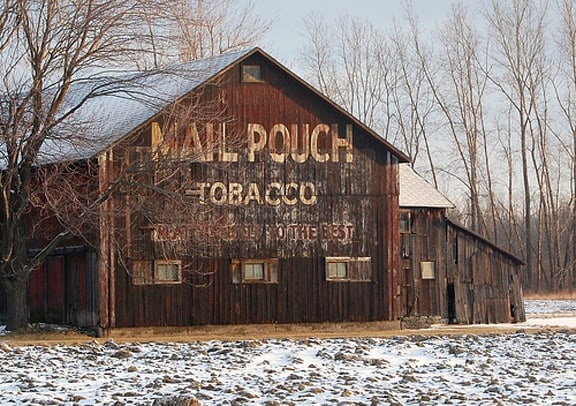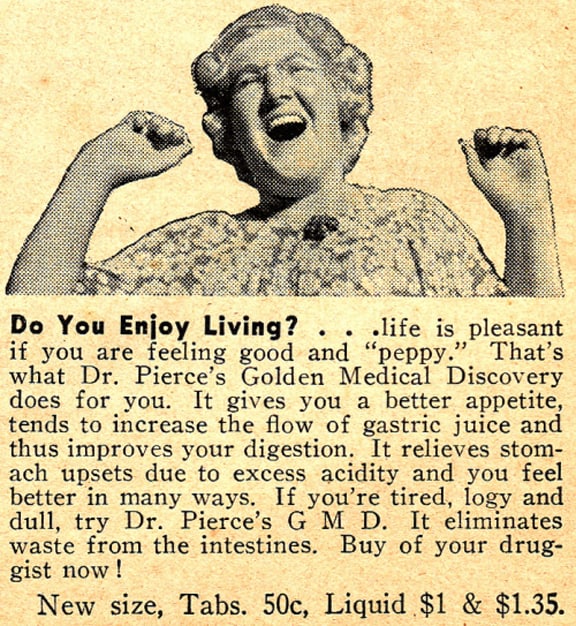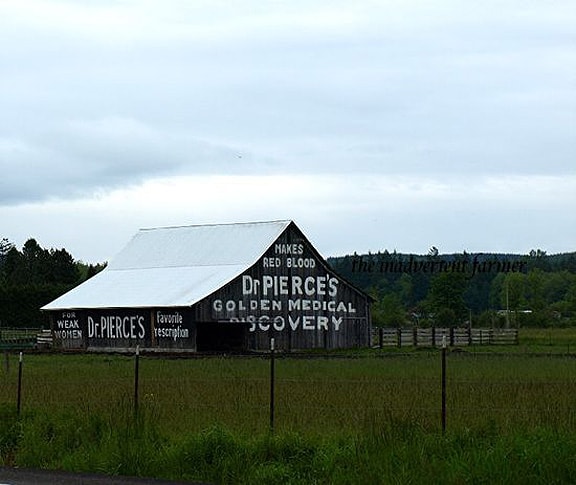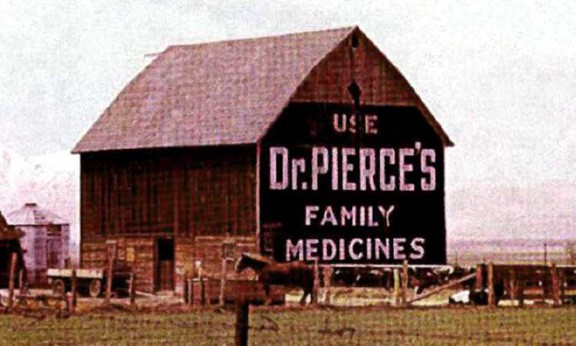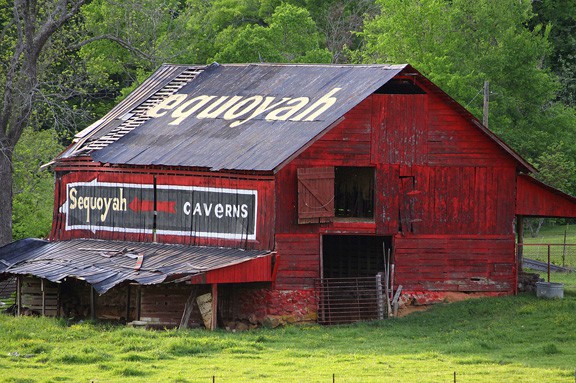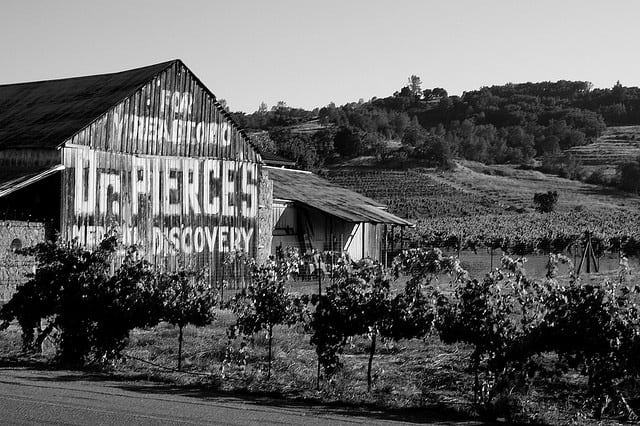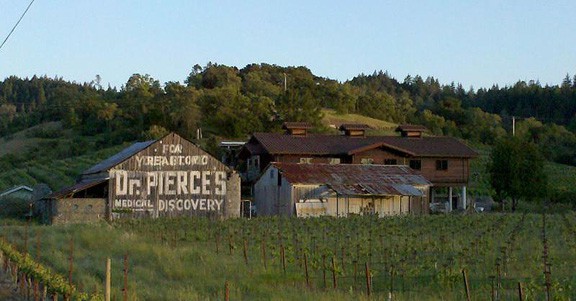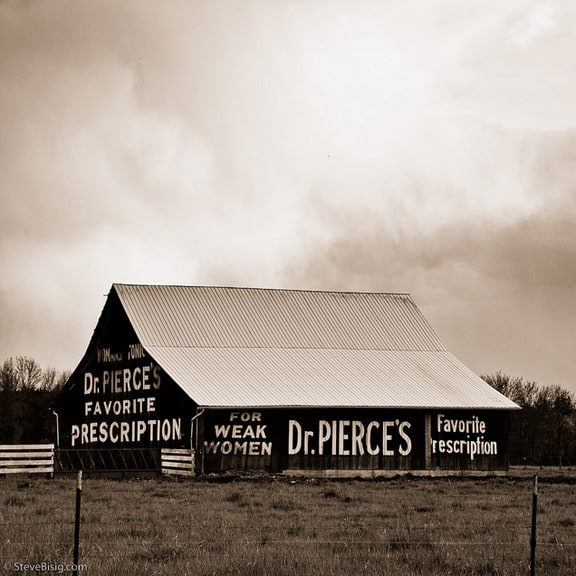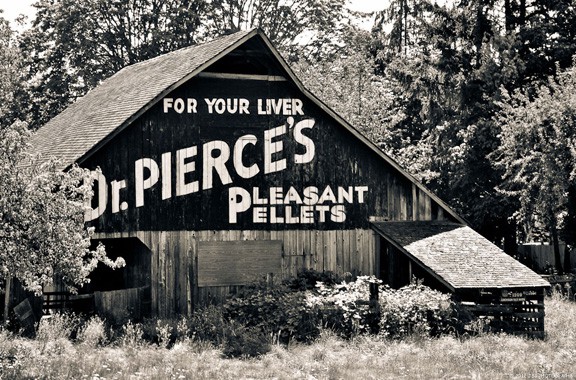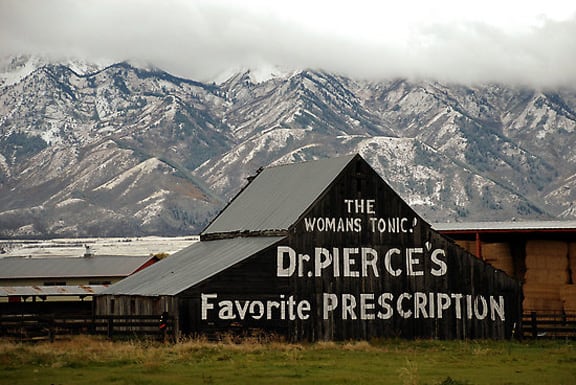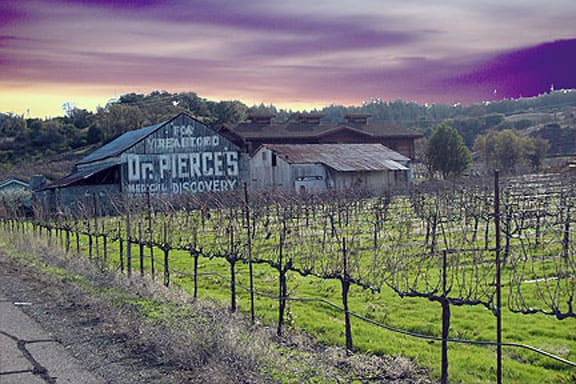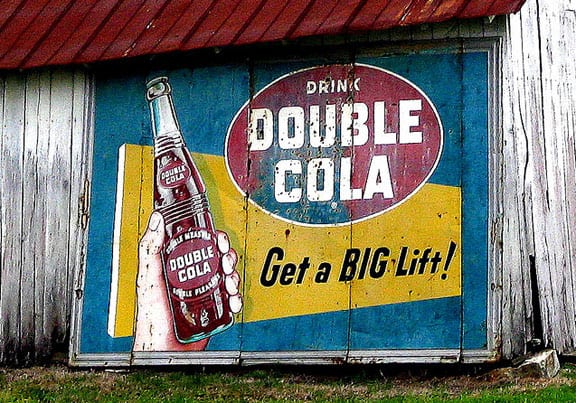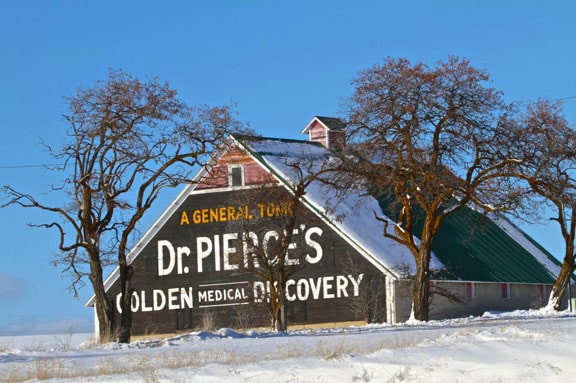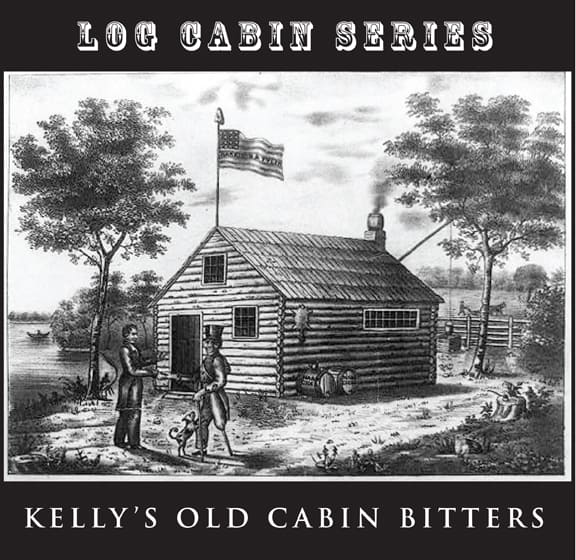
Log Cabin Series – Kelly’s Old Cabin Bitters
22 December 2012 (R•052714)
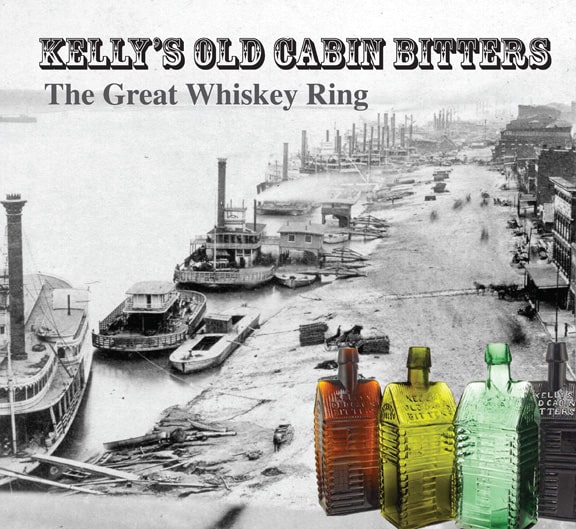
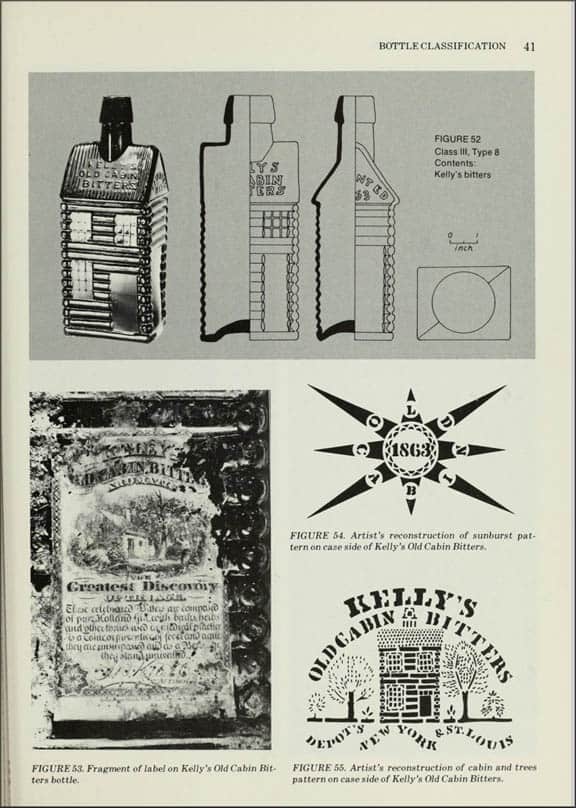
From The Bertrand Bottles – A Study of 19th-Century Glass and Ceramic Containers by Ronald R. Switzer. Published by the National Park Service (Department of Interior) in 1974. This book is one of the classic works in the field of historic archaeology as it pertains to bottles. This page is dedicated to the Kelly’s Old Cabin Bitters that were found on the Bertrand
KELLY’S OLD CABIN BITTERS
Kelly Brand Development
 The Kelly’s Old Cabin Bitters is a dramatic example of a figural cabin with a story. With a number of great examples that have been found in mining camps, privies and shipwrecks, a Kelly’s is extremely desirable for all bitters and figural collectors alike. Just about every serious collector wants a Kelly’s at some point.
The Kelly’s Old Cabin Bitters is a dramatic example of a figural cabin with a story. With a number of great examples that have been found in mining camps, privies and shipwrecks, a Kelly’s is extremely desirable for all bitters and figural collectors alike. Just about every serious collector wants a Kelly’s at some point.
Kelly’s is also about two partners who dodged Federal taxes as they produced whiskey and called it bitters. These partners were in the thick the Great Whiskey Ring that involved President Grant in 1875 and this scandal pretty much ended the Kelly’s era.
The Partners
John H. Garnhart (sometimes spelled “Garnhard”, see below) began a wholesale liquor business in 1854. He was a whiskey man by trade. He was a “rectifier” who took raw spirits, added other ingredients and sold them. Among the spirituous products he apparently concocted with James B. Kelly’s collaboration was Old Cabin Bitters.
In 1862, Garnhart put out Old Cabin Bitters. Garnhart partnered with James B. Kelly of New York in 1863. This collaboration made the Kelly brand famous. Within one month of operation the Old Cabin Bitters name was changed to the Kelly’s Old Cabin Bitters. This pretty much places the Old Cabin Bitters slightly ahead of a Kelly’s time-wise.
J. H. Garnhard (business timeline 1854-1869)
J. H. Garnhard (1854), John H. Garnhart (1857-1866), J. H. Garnhard & Co. (1869)
185-188 N 2nd (1854-1859), 108 N 2nd (1866), 411-413 N 2nd (1869)
Garnhart & Connor, (John H. Garnhart and Benson G. Connor), domestic liquors, 188 N. 2nd
Note found: William H. Harlan, of John H. Garnhart & Company, doing business in Denver March ’59, (first) is “of St. Louis, Missouri” on this date, but gives Power of Attorney to John H. Garnhart to conduct his Denver business. Not sure whether this is a pioneer, or only a non-resident businessman of Denver in 1859. He could have been a resident in early part of year, and returned to States in February. This is interesting as Kelly’s have been found in Colorado, Montana and Texas.
Garnhart & Kelly (business timeline 1864-1874)
Garnhart & Kelly (1863-1865), John H. Garnhart (1867-1868), J. H. Garnhart & Co. (1870-1874) 164 N 2nd (1864), 108 N 2nd (1865), 411-413 N 2nd (1867-1872), 19-21 S 2nd (1874) *also 118 Liberty (see below)
Note found: Letter from B. General C. Sullivan to Provost Marshal, St. Louis: He is suspicious about shipped 80 bbl. whiskey, 1 box drugs, 10 oz. quinine, all shipped by Garnhart and Kelly and off-loaded from the “Belle Memphis” – Missouri’s Union Provost Marshal Papers – 04-15-1863
Some timeline reference from Pro-pro.com
The Kelly products were marketed all over the United States. They were bottled in New York and St. Louis and have been found throughout United States including Colorado, Montana and Texas. According to Steve Sewell, the bottles were made at the Whitney Glass Works in Glassboro New Jersey. (Confirmation required)
On March 22, 1870, John Garnhart was issued design patent 3,936 on his bottle. It seems another bottle very similar to his design turned up early in 1870. This bottle was embossed with the following Holtzermann’s Patent Stomach Bitters. The bottle like the Kelly’s was in the shape of and very similar in detail to their bottle. The Kellys Old Cabin Bitters lasted until 1874 when quite a few bitters and whiskey manufactures went out of business due to a great scandal.
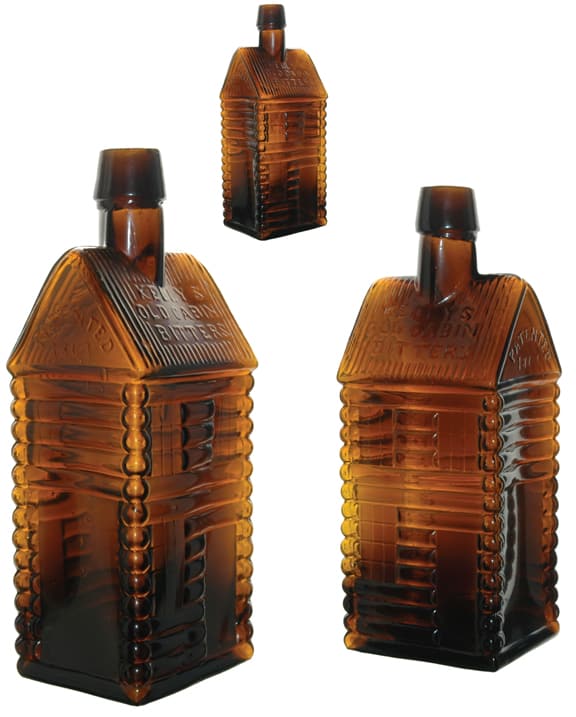
Kelly’s Old Cabin Bitters in amber – Meyer Collection
A National Scandal
The exposure of the Great Whiskey Ring of 1875 rocked Washington D.C. and indeed the entire country like few national scandals before or since. On May 10, Federal agents stormed into the offices of nine St. Louis distilleries, seized illicit whiskey and box loads of records, and arrested their proprietors. Simultaneous arrests occurred in Cincinnati, Milwaukee and Chicago. Ultimately, indictments were issued against 240 whiskey-makers, government officials and others; 110 were found guilty. Most of them went to jail. Thus ended a massive scheme to defraud the U.S. of excise taxes on distilled spirits. The fallout from the raids would roil the Nation for months and reach right into the White House. (Jack Sullivan)
When the May 10 raid occurred, Garnhart was one of those arrested. His company disappeared forever from St. Louis city directories. For one year, Adler, Furst & Co. was listed in directories as “successor to J. H. Garnhart & Co.”, then it too disappeared. My research has failed to determine the fate of Kelly but his Cabin Bitters brand vanished about the same time. (Jack Sullivan)
Read: A Bitters Bottle, the “sylph,” and a President, by Jack Sullivan – Special to The Potomac Pontil – May 2006
Read: ULYSSES S. GRANT His Whiskey History, by Jack Sullivan – Special to Bottles and Extras, January | February 2007
Ring & Ham Listing
The Carlyn Ring and W.C. Ham listing in their Bitters Bottles Supplement is as follows:
K 21 KELLY’S OLD CABIN BITTERS, Circa 1863 – 1870
// s // KELLY’S / OLD CABIN / BITTERS // PATENTED ( au ) // 1863 //
KELLY’S / OLD CABIN / BITTERS // PATENTED ( au ) / 1863 //
L…Kelly’s Old Cabin Bitters, J. B. Kelly & Co., New York
9 5/8 x 3 3/8 x 2 3/4 (5 1/4)
Cabin rectangular, LTC, Applied mouth, Amber – Common; Yellow, Yellow olive, Yellow green, and Deep olive green, Rare. Known with Metallic pontil mark
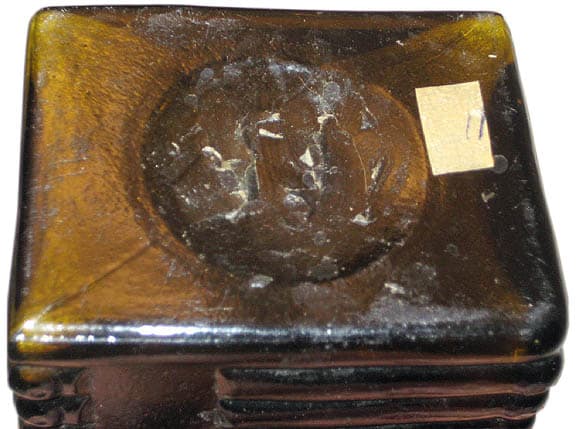
Notes: Daily Illinois State Register (Springfield), July 3, 1864
Drug Catalogs: 1872 Melliers and 1878 CB & Co.
Design Patent: No. 3,926 dated March 22, 1870 by John H. Garnhart of St. Louis.
A number of specimens were dug in Montana, Texas and Colorado.
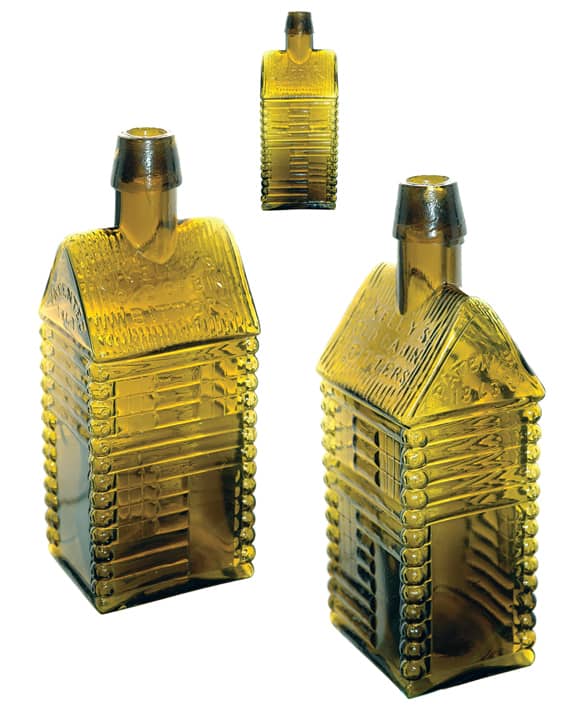
Kelly’s Old Cabin Bitters in yellow olive – Meyer Collection
The Riverboat Bertrand
The Riverboat Bertrand bound for Ft. Benton, Montana, sunk north of Omaha in 1865. It was raised in 1968. Many cases of bottles were discovered. Among the salvaged artifacts were cases of Kelly’s Old Cabin Bittters, including a significant number of green examples, as well as Drake’s plantation Bitters, Hostetters Bitters, Schroeder’s Bitters and Schroeder’s Spice Bitters. Read: Looking at some of the Bitters Bottles on the steamboat Bertrand – Part 2
The Bertrand Kelly’s Bottles – Class III, Type 8:
All bottles in this type contain 25 ounces of 23 proof Kelly’s Old Cabin Bitters and are molded to represent log cabins. The front and back sides bear three mold-impressed windows and a door. Corrugated roof panels which form the shoulders on the front
and back are embossed:
“KELLYS / OLD CABIN / BITTERS.” The remaining two
sides bear plain panels for labels, topped with five relief logs and a triangular-shaped space under the pitch of the roof embossed: “PATENTED / 1863.” The bottle necks are cylindrical.
Kelly’s bitters crates show some variation in stenciling; two consignees and one retailer are represented. The stencils appear as follows:
“KELLEY’S / OLD CABIN BITTERS / DEPOTS NEW YORK & ST. LOUIS”, sides: (red) eight point sunburst with a letter at the base of each ray, lettered: “O L D / C A B I N.” At the center of the sunburst appears the date “1863″. Some cases have no marks on their sides. Tops: “GLASS WEIGHT / THIS SIDE UP WITH CARE / G. P. DORRIS / VIRGINIA CITY / MONTANA, TY.”; or,
“WORDEN AND CO. / HELL GATE”; or, “FROM / H. A. RICHARDS / WASHINGTON / 57, / BOSTON / GIN COCKTAIL / WORDEN AND CO. / HELL GATE.; Dimensions, Type 8: height, 9 1/8 inches; base, 2 3/4 by 3 7/16 inches; diameter of neck (outside), 1 inch, (inside), 3/4 inch.
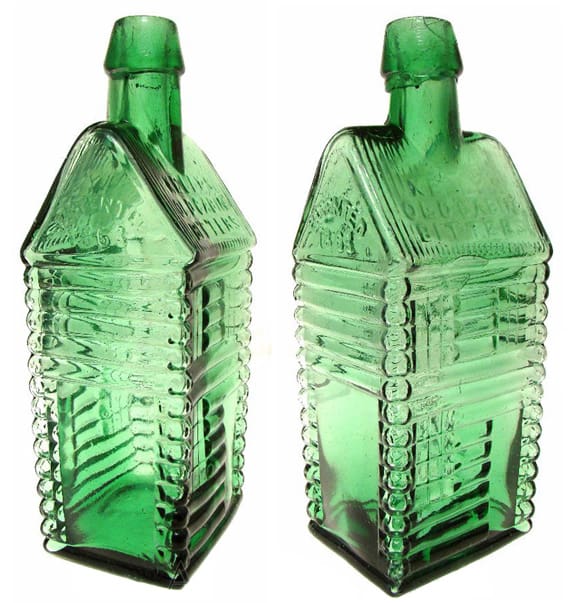
Kelly’s Old Cabin Bitters in mint green – American Bottle Auctions
Collateral
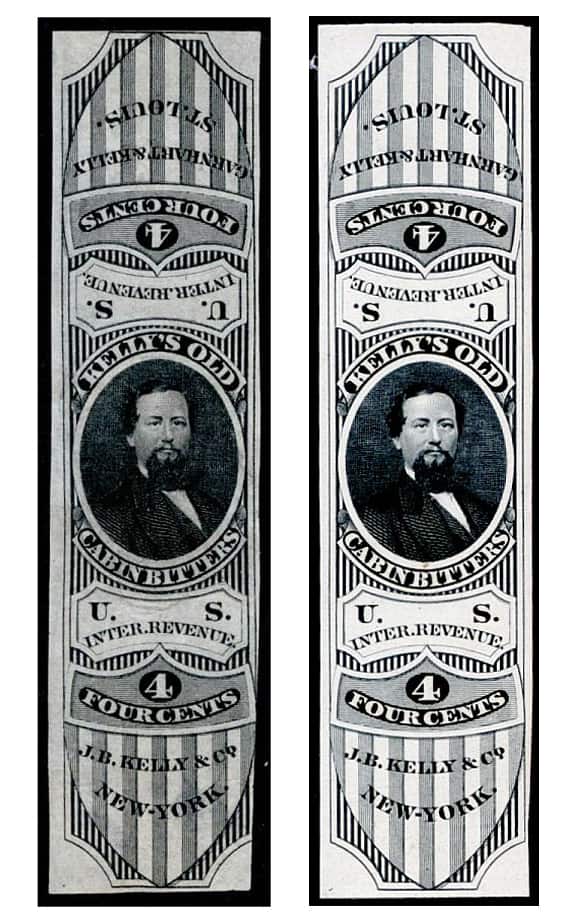
The J.B. Kelly & Co. proprietary stamp was first issued in March of 1864, and last issued on December 3, 1870. 445,125 were issued, all on old paper. The item on the right is a plate proof. – rdhinstl’s Page
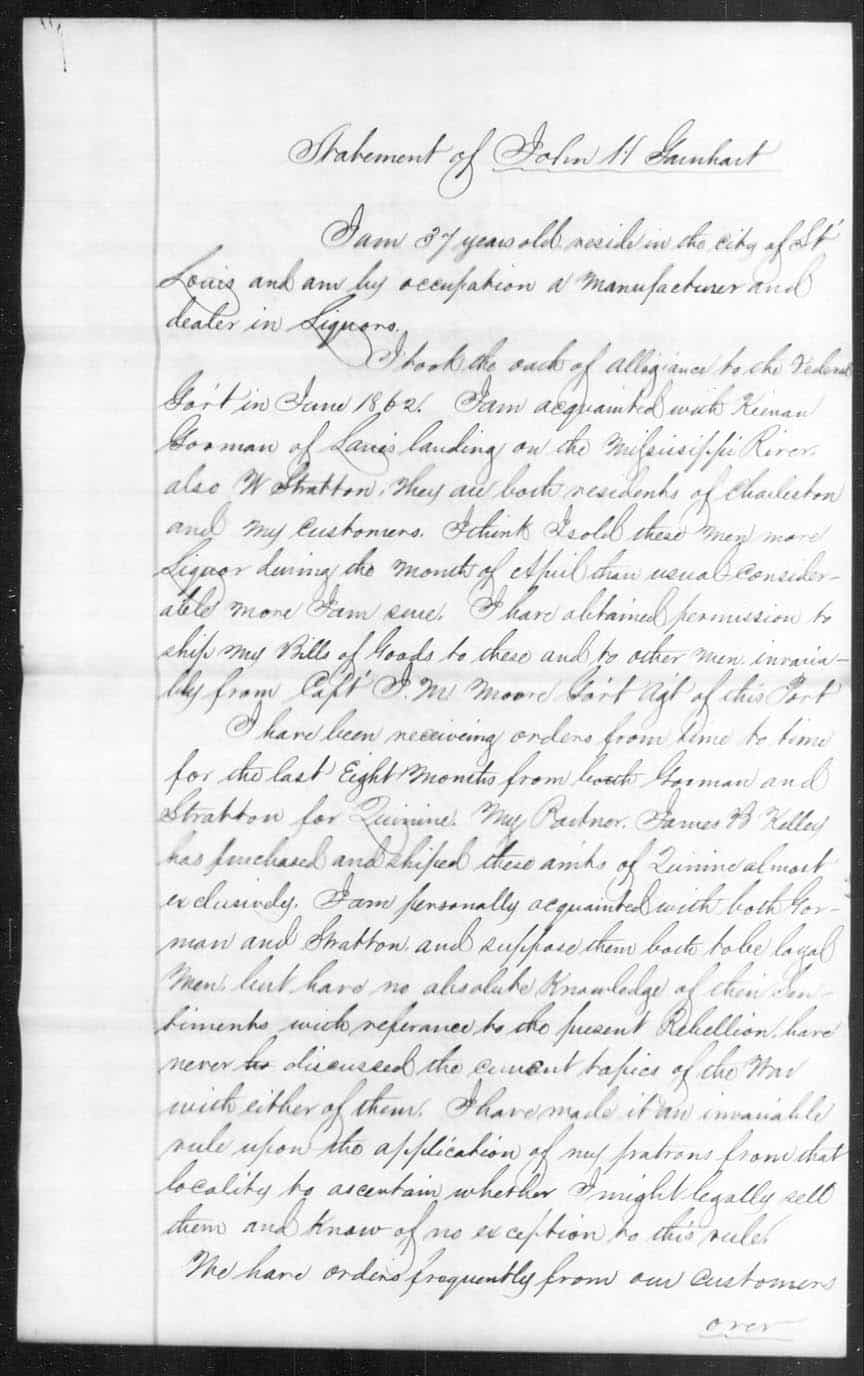
Union Provost Marshals’ File Of Paper Relating To Individual Civilians – 1863 (In this letter, Garnhart mentions his partner James B. Kelley, note spelling of Kelley)
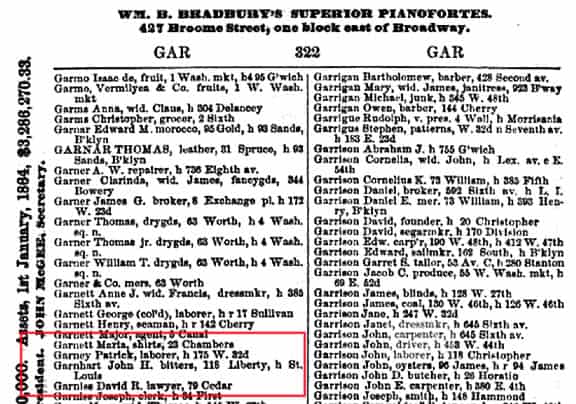
Trow’s New York City listing for John H. Garnhart, bitters, 118 Liberty, St. Louis – 1865
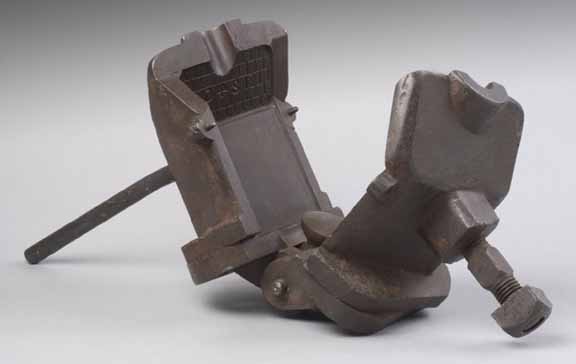
Original Booz treadle type mold in the Philadelphia Museum of Art. The Mold boy has no heavy weight to lift other then the individual articles as they are removed from the mold and placed on the adjoining stand. Mass produced large in size heavy molds such as the Booz Bottle, Kellys Old Cabin Bitters, all of the Calabash flasks and some common whiskey bottles require the use of a treadle mold. The treadle mold is operated by the blower, opening and closing the mold by applying pressure to a lever with his foot. By using this method the mold boys job is much easier as the boys work is limited to removing the bottles from the mold as it is opened by the blower, in which the mold boy becomes a take-out helper rather then a mold boy. – Steve Sewell (Antique-Bottles.net)
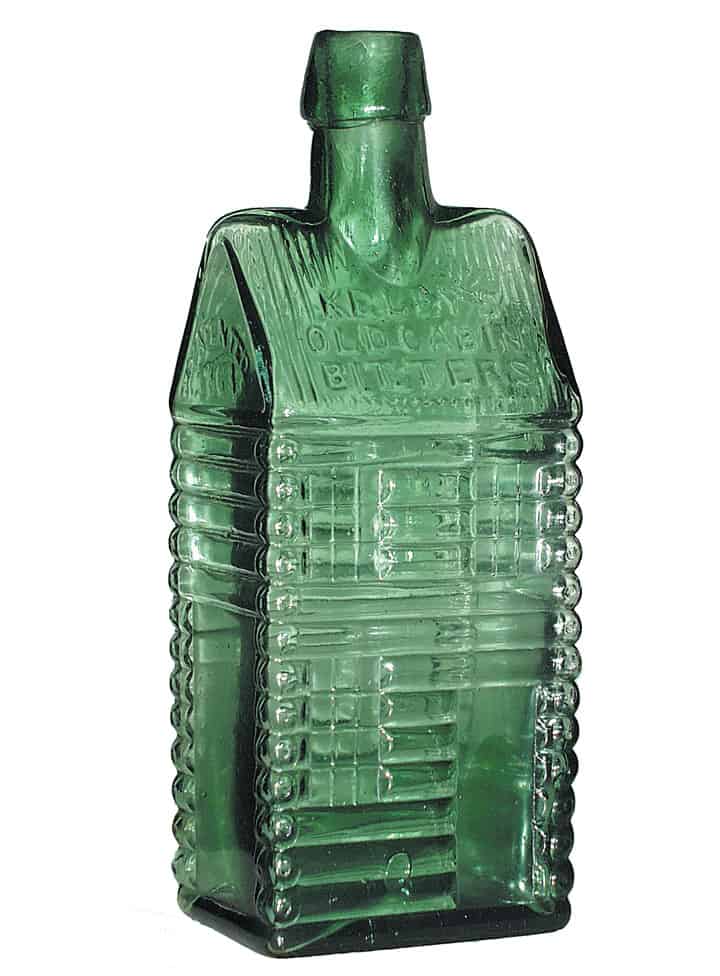
Kelly’s Old Cabin Bitters in green – Bitters Bottles Supplement
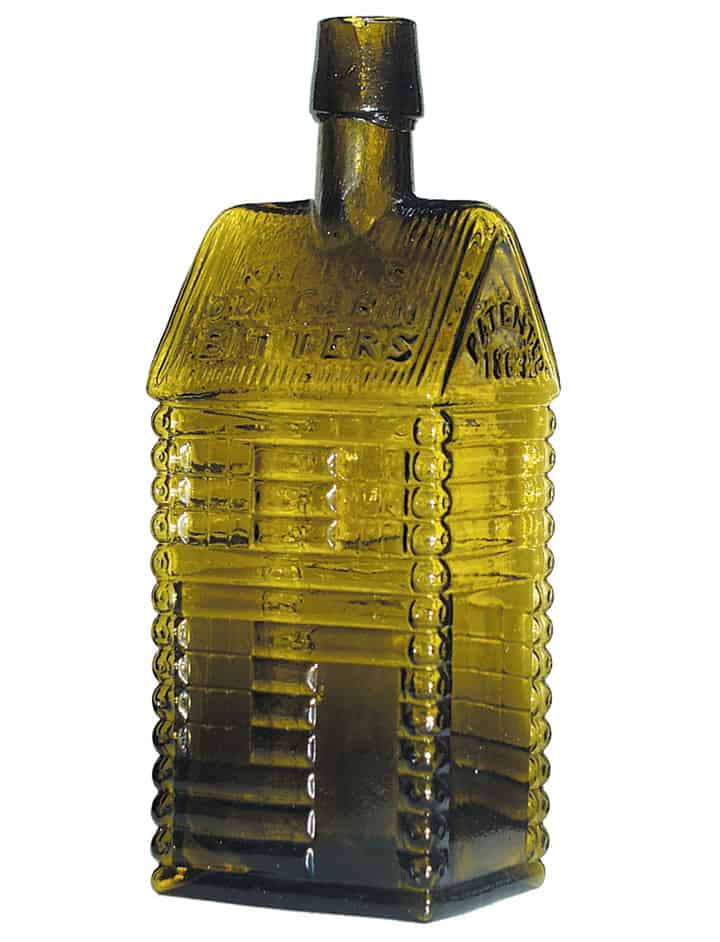
Kelly’s Old Cabin Bitters in yellow olive – Bitters Bottles Supplement
 Charles Flint posted some really great pictures last week of early glass blowing techniques. I have nested these together and archived. Hope you enjoy. Thanks Charles!
Charles Flint posted some really great pictures last week of early glass blowing techniques. I have nested these together and archived. Hope you enjoy. Thanks Charles!